1. What is Chopta, and why visit?
Chopta is a serene Himalayan village in Uttarakhand, known for its scenic meadows, forest trails, and treks to Tungnath and Chandrashila.
2. What is the altitude of Chopta?
Chopta lies at around 2,600–2,900 meters above sea level, offering cool weather, fresh air, and panoramic Himalayan views.
3. What is the best time to visit Chopta?
Visit from March–June or September–November for clear weather; December–February for snow; monsoon months bring lush greenery but heavy rain.
4. How do you get to Chopta (air/train/road)?
Nearest airport is Dehradun’s Jolly Grant (220 km); nearest railway is Rishikesh/Haridwar; easily reachable by road via Rudraprayag and Ukhimath.
5. What are the accommodation options in Chopta?
Chopta offers guesthouses, homestays, and camping sites; facilities are basic but surrounded by natural beauty and peaceful surroundings.
6. What is the food/dining situation?
Local eateries serve simple Indian meals; most camps provide in-house food. Carry snacks if you have specific dietary needs.
7. What is the mobile network/connectivity like?
Mobile network is patchy; only BSNL and Jio may work occasionally. Internet access is limited, offering a peaceful digital detox.
8. Is it safe to travel to Chopta?
Yes, Chopta is safe for tourists. Exercise caution during monsoon and heavy snowfall as road access may become difficult.
9. Do I need permits for trekking around Chopta?
No special permits are required for popular treks like Tungnath–Chandrashila, but check local rules before visiting protected areas.
10. How long should I stay in Chopta for a good experience?
2–3 days are ideal to enjoy trekking, sightseeing, and relaxation. Extend if you wish to explore nearby spots like Deoria Tal.
11. Is Chopta overcrowded/commercialised?
No, Chopta remains relatively peaceful and less commercialised compared to Auli or Mussoorie, retaining its untouched natural charm.
12. What clothing/gear should I pack?
Carry layered warm clothes, trekking shoes, gloves, and rain protection. Temperatures drop sharply at night even in summer.
13. Are there medical/emergency facilities?
Only basic facilities are available. For serious issues, travel to Ukhimath or Rudraprayag. Carry personal medicines and a first-aid kit.
14. What about altitude sickness/acclimatisation?
Mild altitude effects are possible above 2,600 m; stay hydrated, rest properly, and ascend gradually to avoid discomfort.
15. What are the major things to do in Chopta?
Trekking to Tungnath and Chandrashila, bird-watching, camping, nature walks, and enjoying sunrise views of snow-clad Himalayan peaks.
Trekking & Nearby Attractions
16. What is the distance/difficulty of the trek to Tungnath?
The trek is around 3.5 km one way from Chopta; it’s moderately steep but suitable for beginners with basic fitness.
17. What about continuing from Tungnath to Chandrashila?
From Tungnath, it’s another 1.5 km to Chandrashila Peak; short yet steep, rewarding trekkers with mesmerising 360° Himalayan views.
18. Can this trek be done in one day?
Yes, fit travellers can complete it in one day; starting early morning and returning by afternoon is ideal.
19. Are there other trekking routes from Chopta?
Yes, routes like Deoria Tal, Rohini Bugyal, and Baniya Kund offer scenic short treks through forests and meadows.
20. What are the views/peaks visible from Chopta?
On clear days, majestic peaks like Nanda Devi, Trishul, Chaukhamba, and the Kedarnath range can be seen.
21. Is camping allowed/popular in Chopta?
Camping is common in designated areas with Swiss tents and camps, though restrictions protect sensitive meadows.
22. What about snow/winter trekking?
In winter, Chopta and Tungnath get snow-covered. The trek becomes challenging but stunning for snow lovers and photographers.
23. What are the forest/wildlife aspects?
Chopta lies within Kedarnath Wildlife Sanctuary, home to musk deer, monals, and rich Himalayan flora and fauna.
24. Are pets/kids okay in Chopta?
Yes, but supervise pets and children on treks. Choose shorter trails and ensure weather and road conditions are safe.
25. What about trekking with senior citizens/less fit travellers?
Possible with a slower pace and shorter trails. Avoid steep climbs and ensure proper rest and acclimatisation.
Logistics & Practicalities
26. What is the road condition, and how safe is the drive?
Mountain roads are narrow and winding; safe with experienced drivers. Avoid night driving or travel during heavy rain/snow.
27. Is there public transport within Chopta?
Limited. Shared jeeps and local taxis operate from Ukhimath or Rudraprayag. Private vehicles offer more flexibility.
28. What is the approximate budget for a stay/trek?
Budget travellers can expect ₹2,000–₹4,000/day including stay, meals, and local travel. Guides charge around ₹1,000–1,500/day.
29. Are WiFi/power/amenities reliable?
Electricity may be solar-powered and intermittent. WiFi is rare, so expect an off-grid, nature-focused experience.
30. Do we need to pre-book stays/vehicles in peak season?
Yes, book stays and transport in advance from May to June and December to January to avoid last-minute unavailability.
31. What if it rains/snows unexpectedly during the trip?
Carry waterproof jackets, shoes, and warm clothes. Allow extra days in your plan for weather-related delays.
32. Are there environmental/safety guidelines to follow?
Yes, avoid littering, stay on marked trails, and respect wildlife. Chopta is part of a fragile Himalayan ecosystem.
33. Can we combine Chopta with other nearby destinations?
Yes, include Deoria Tal, Ukhimath, Sari Village, or Tungnath Temple in your itinerary for a complete experience.
34. What’s the local culture/food like?
Local Garhwali culture is humble and welcoming. Try regional dishes like mandua roti, aloo ke gutke, and chai.
35. What about emergency cases (injury/illness) on trek?
Inform locals or guides immediately. Return to base or Ukhimath for help. Carry insurance and emergency contact numbers.
Chopta – The Mini Switzerland of India
Chopta, often called the Mini Switzerland of India, is a breathtaking hill station nestled in the Rudraprayag district of Uttarakhand. Surrounded by dense forests of deodar, pine, and rhododendron, this small yet scenic destination is a paradise for nature lovers, trekkers, and peace seekers. Located at an altitude of around 2,680 meters, Chopta offers mesmerizing views of majestic Himalayan peaks like Trishul, Nanda Devi, and Chaukhamba.
Whether you are an adventure enthusiast or someone looking for a peaceful escape from city life, Chopta serves as the perfect destination for all.
Natural Beauty and Serenity
Chopta is blessed with untouched beauty and rich biodiversity. The lush green meadows, locally known as bugyals, remain covered with snow during winters, making it a dreamy white landscape. During summers, these meadows turn into carpets of green grass and colorful wildflowers. The calm atmosphere, the chirping of birds, and the cool breeze make Chopta one of the most refreshing and peaceful hill stations in Uttarakhand.
The Chopta Valley is also home to rare species of birds and animals, which attracts wildlife photographers and nature enthusiasts from across India. The natural charm of Chopta makes it an ideal place for camping, photography, and short treks.
Tungnath Temple and Chandrashila Trek
One of the biggest attractions of Chopta is the Tungnath Temple, the highest Shiva temple in the world, located at an altitude of 3,680 meters. The Tungnath trek starts from Chopta and is about 3.5 kilometers long. It is an easy-to-moderate level trek that even beginners can enjoy. The trail passes through dense forests and scenic meadows, offering panoramic views of snow-capped Himalayan ranges.
From Tungnath, you can extend your trek for about 1.5 kilometers further to reach Chandrashila Peak, situated at an altitude of around 4,000 meters. The Chandrashila trek is famous for its stunning 360-degree view of the Himalayas, especially during sunrise. It’s a must-do experience for every traveler visiting Chopta.
Camping and Adventure Activities
Chopta camping is one of the most popular activities here. There are several eco-friendly campsites that offer a chance to stay close to nature under a sky full of stars. The experience of sitting by a bonfire in the chilly weather, surrounded by mountains, is truly unforgettable.
Adventure lovers can also enjoy trekking, bird watching, photography, and snow trekking in Chopta. During winter, the region transforms into a snowy wonderland, attracting trekkers and photographers who want to witness the Himalayas in their full glory.
Chopta Weather and Best Time to Visit
The weather in Chopta remains pleasant throughout the year.
-
Summer (March to May) – Ideal for trekking and sightseeing with clear skies and comfortable temperatures.
-
Monsoon (June to September) – Lush greenery, but heavy rains can make trekking slippery.
-
Winter (October to February) – The best time for snow lovers and those who want to experience Chopta in its magical white avatar.
The best time to visit Chopta depends on what you want to experience — greenery in summer or snow in winter.
How to Reach Chopta
Chopta is well-connected by road. The nearest town is Ukhimath, which is around 30 km away.
-
By Air: The nearest airport is Jolly Grant Airport (Dehradun), about 220 km from Chopta.
-
By Train: The closest railway station is Rishikesh, approximately 200 km away.
-
By Road: Chopta can be easily reached by private car or shared taxi from Rishikesh, Rudraprayag, or Ukhimath.
Where to Stay in Chopta
There are plenty of stay options in and around Chopta, ranging from eco-camps, budget hotels, and homestays to luxury tents. Many travelers also stay in Ukhimath, Sari village, or Dugalbitta, which are nearby and offer comfortable accommodation. Staying close to nature with a view of snow-clad peaks makes every moment memorable.
Why Visit Chopta
Chopta is not just a destination — it’s an experience. From spiritual vibes at Tungnath Temple to the adventure of Chandrashila trek, from the tranquility of meadows to the excitement of camping, Chopta has something for everyone.
Whether you’re a nature lover, trekker, photographer, or simply someone seeking peace, Chopta promises a rejuvenating experience that stays in your heart forever.
.jpg)
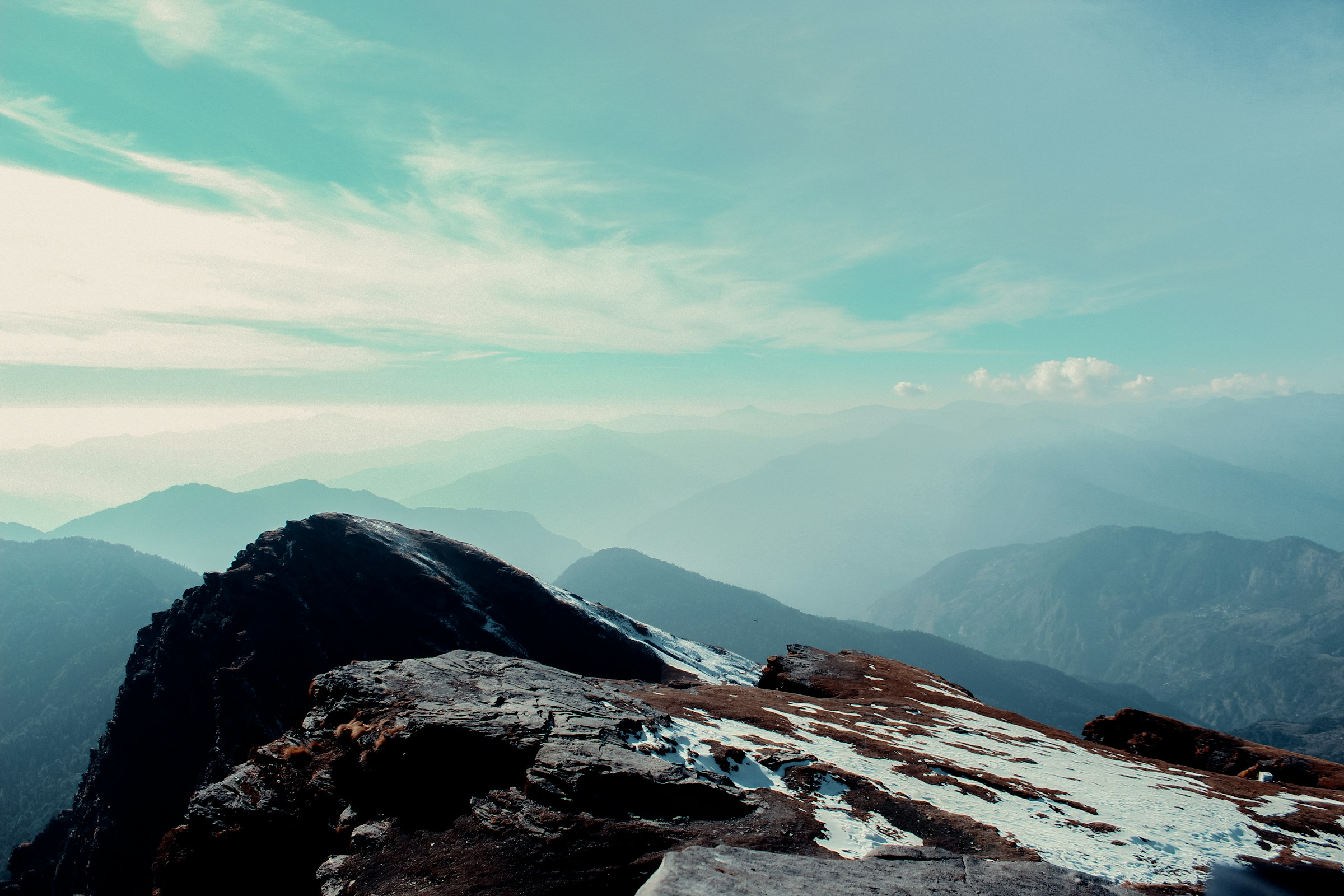
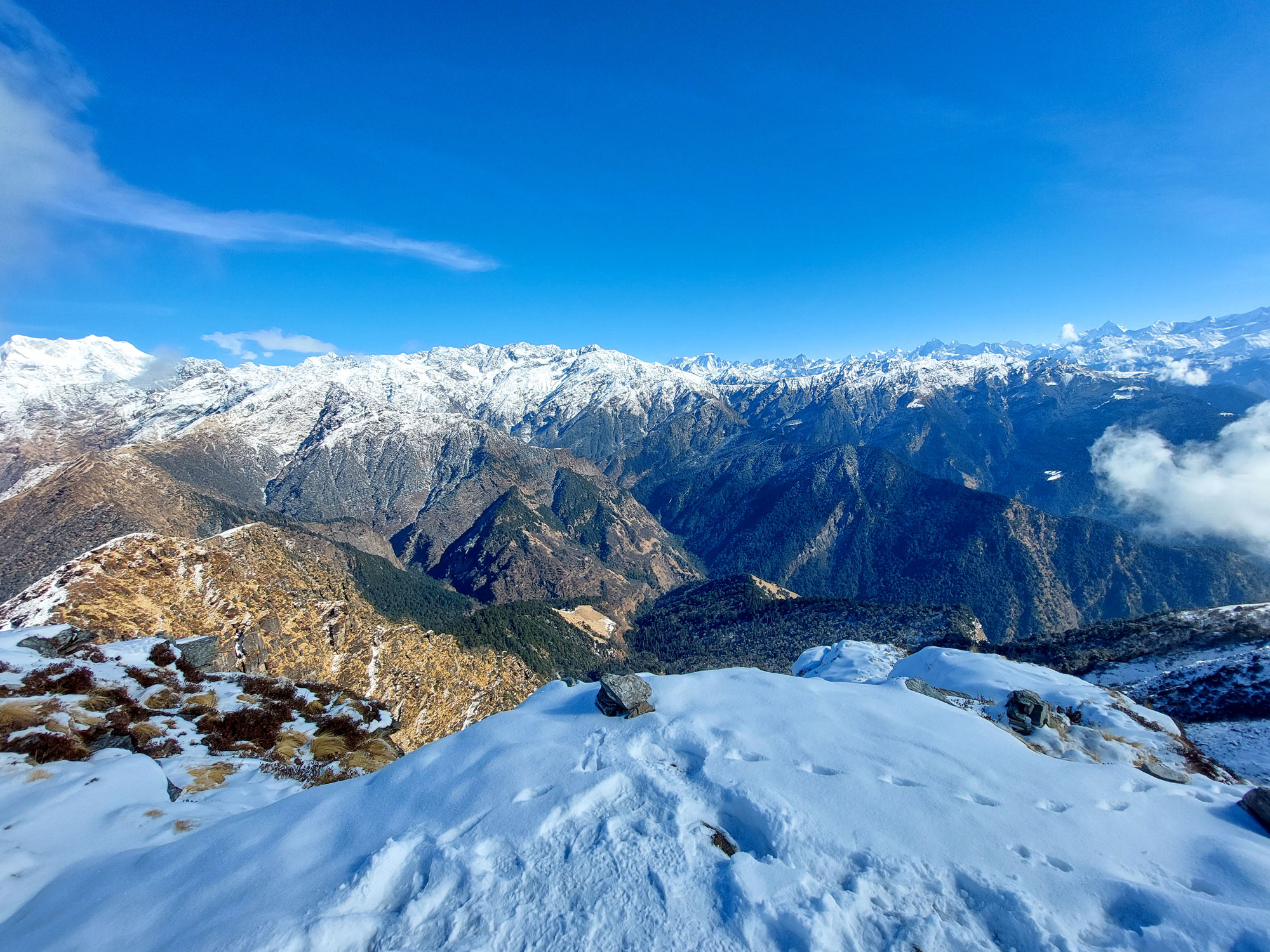




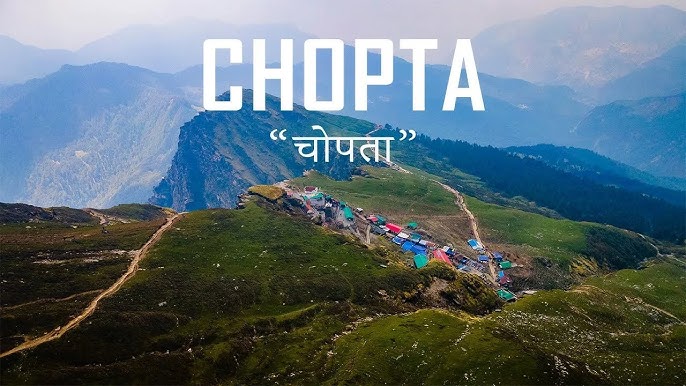
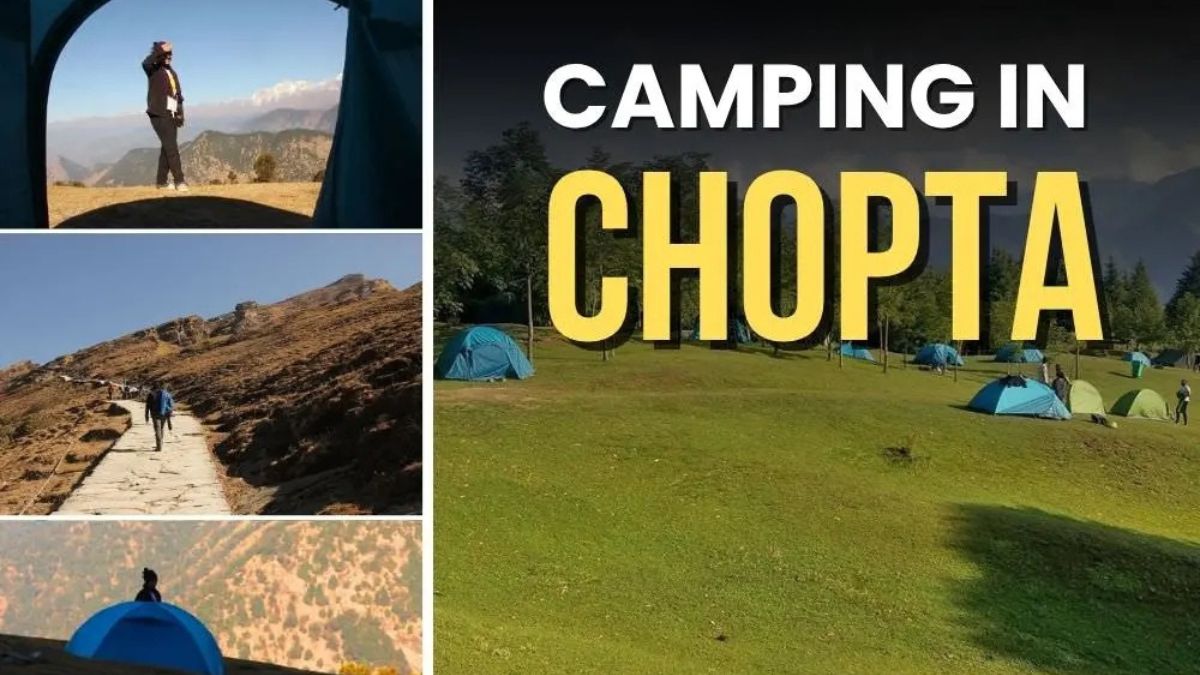

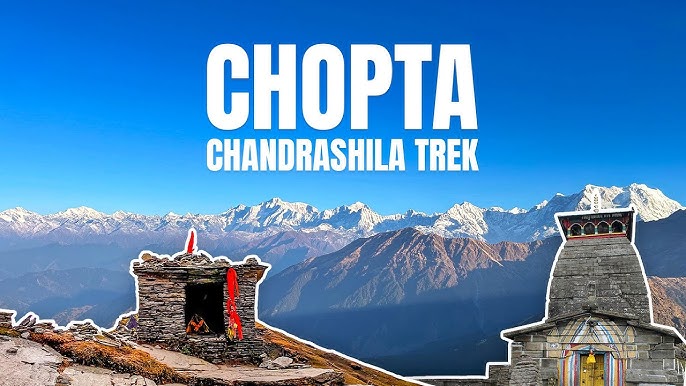
.jpg)
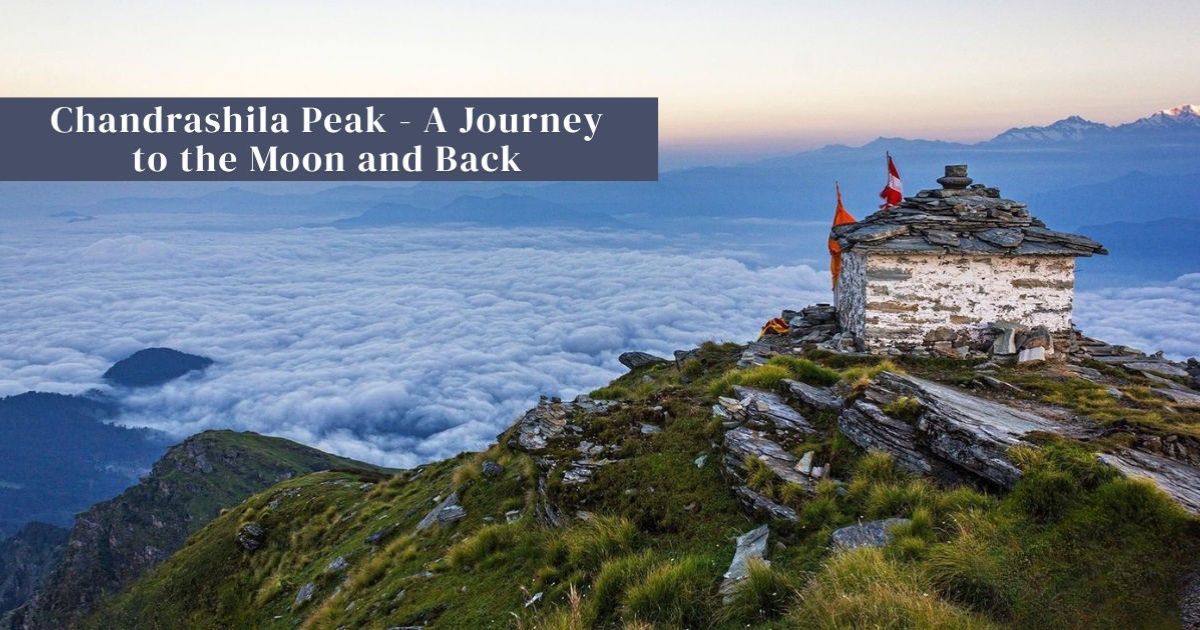
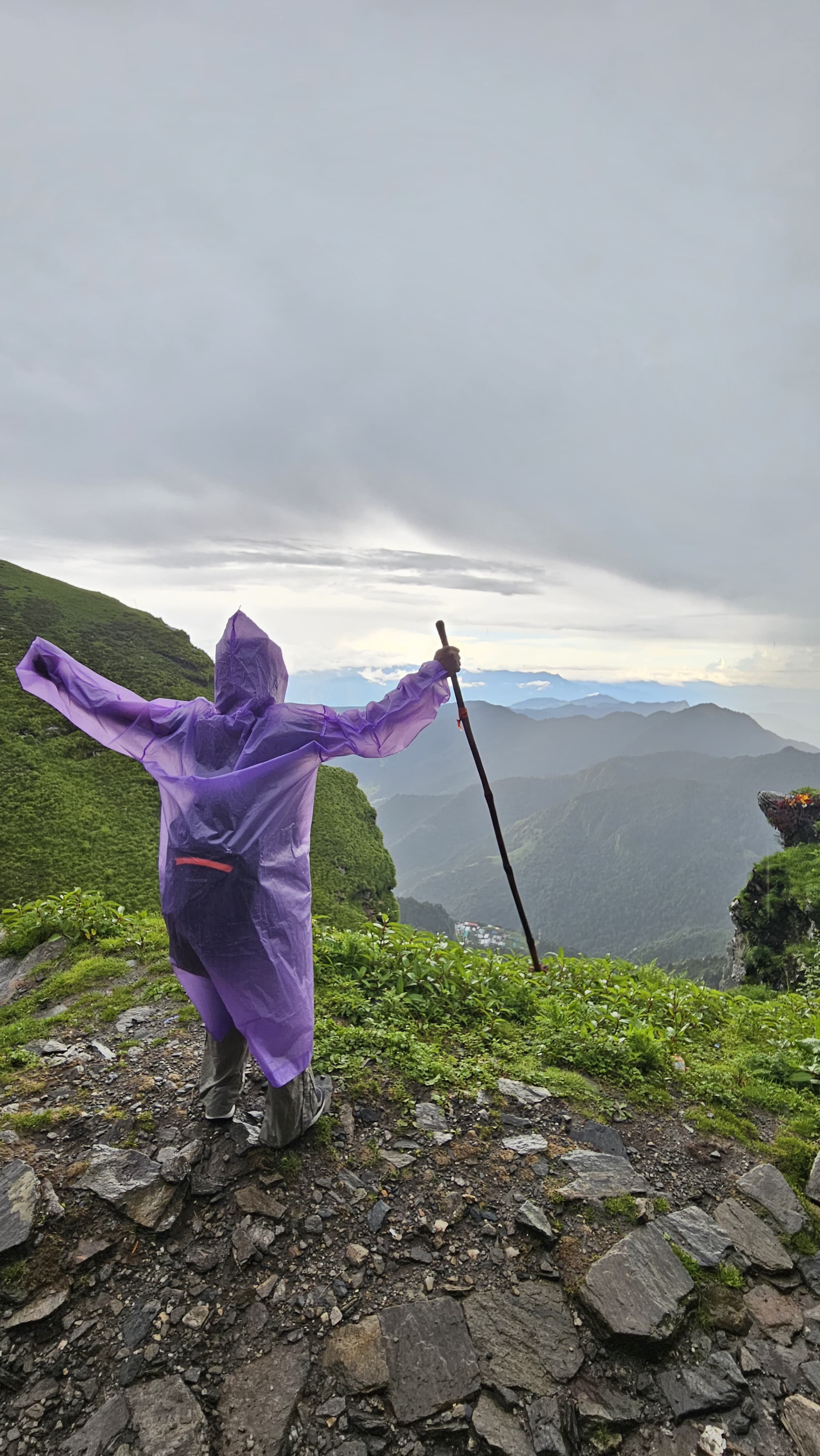
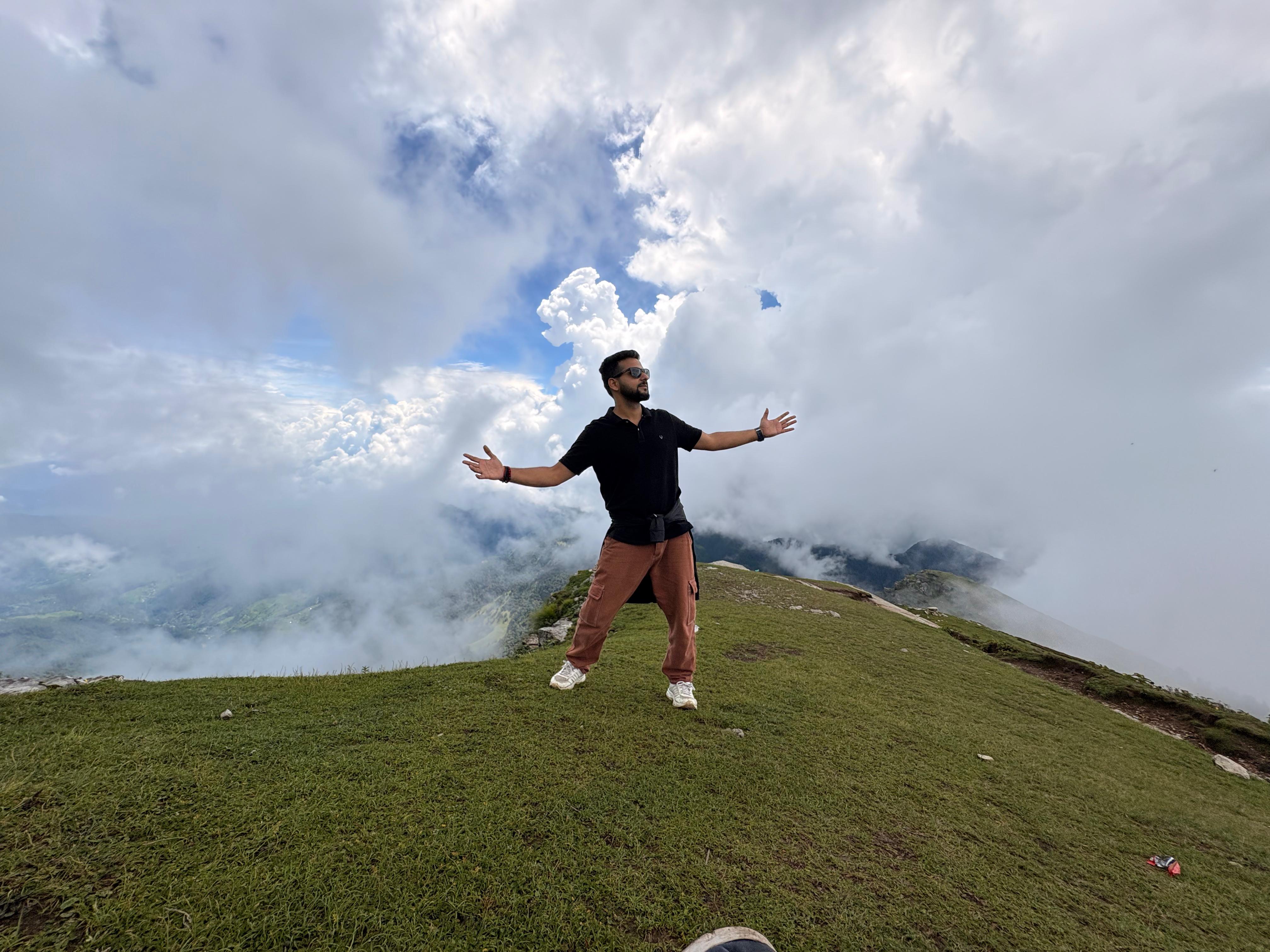
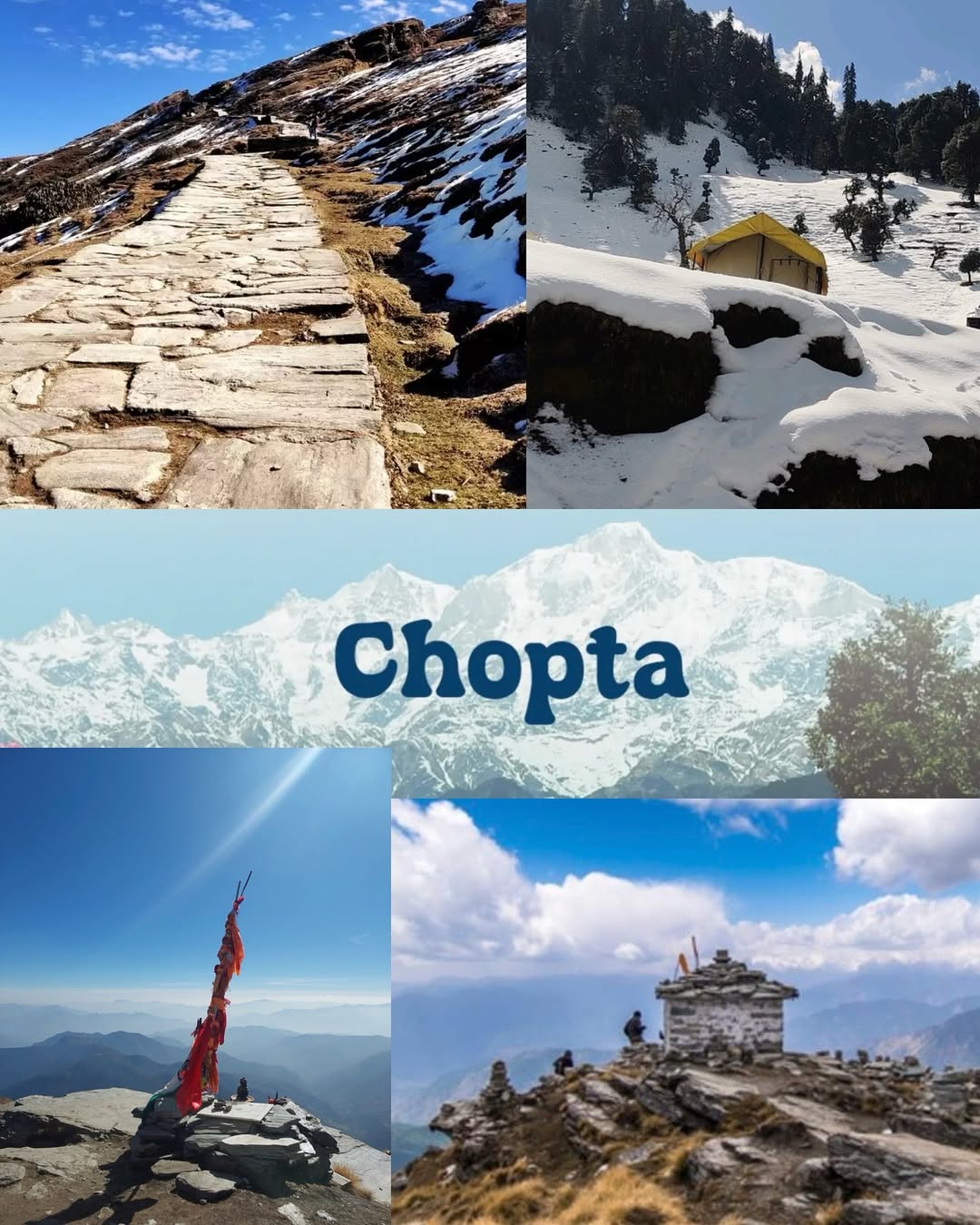

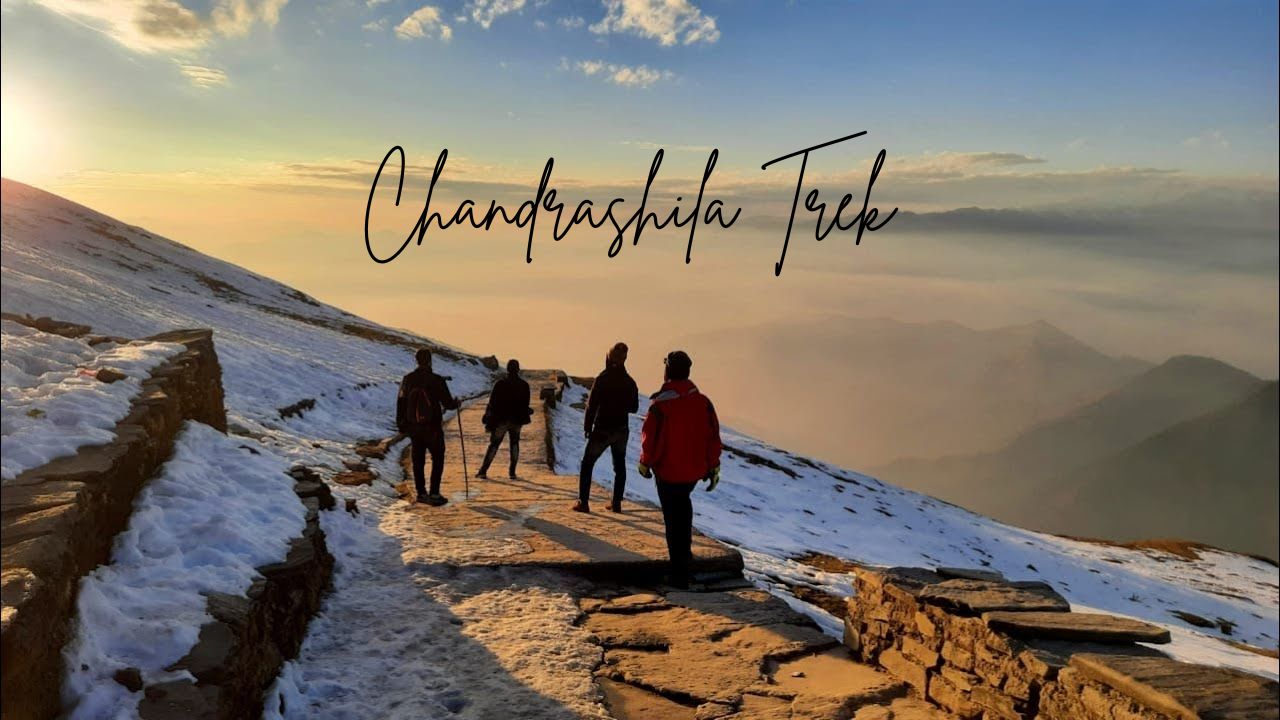
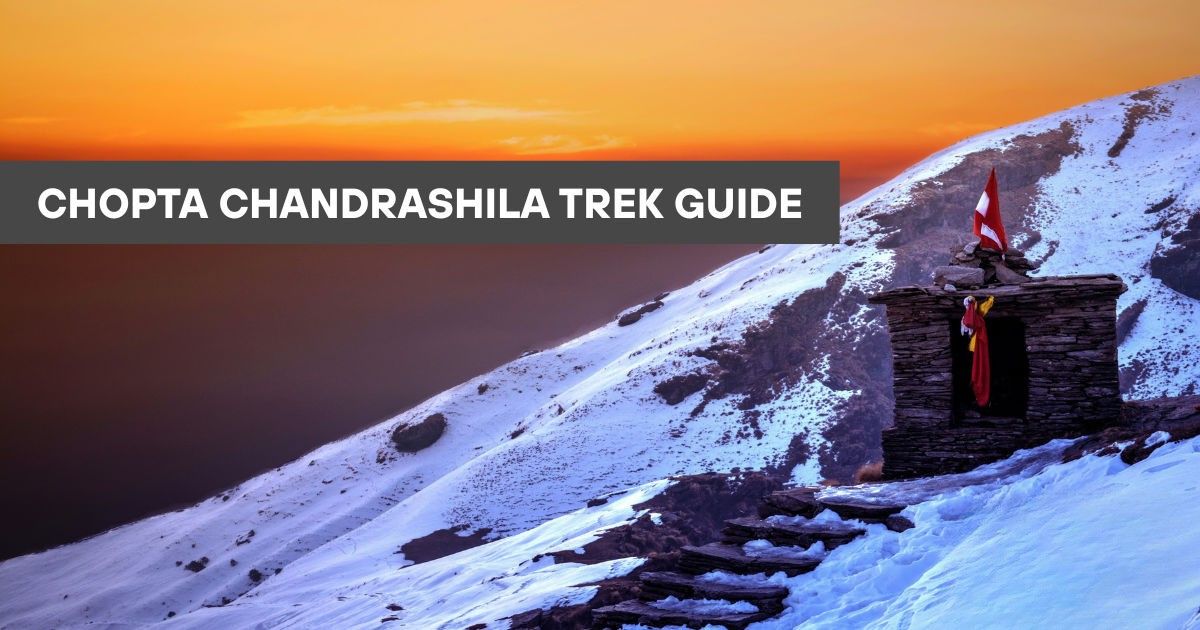
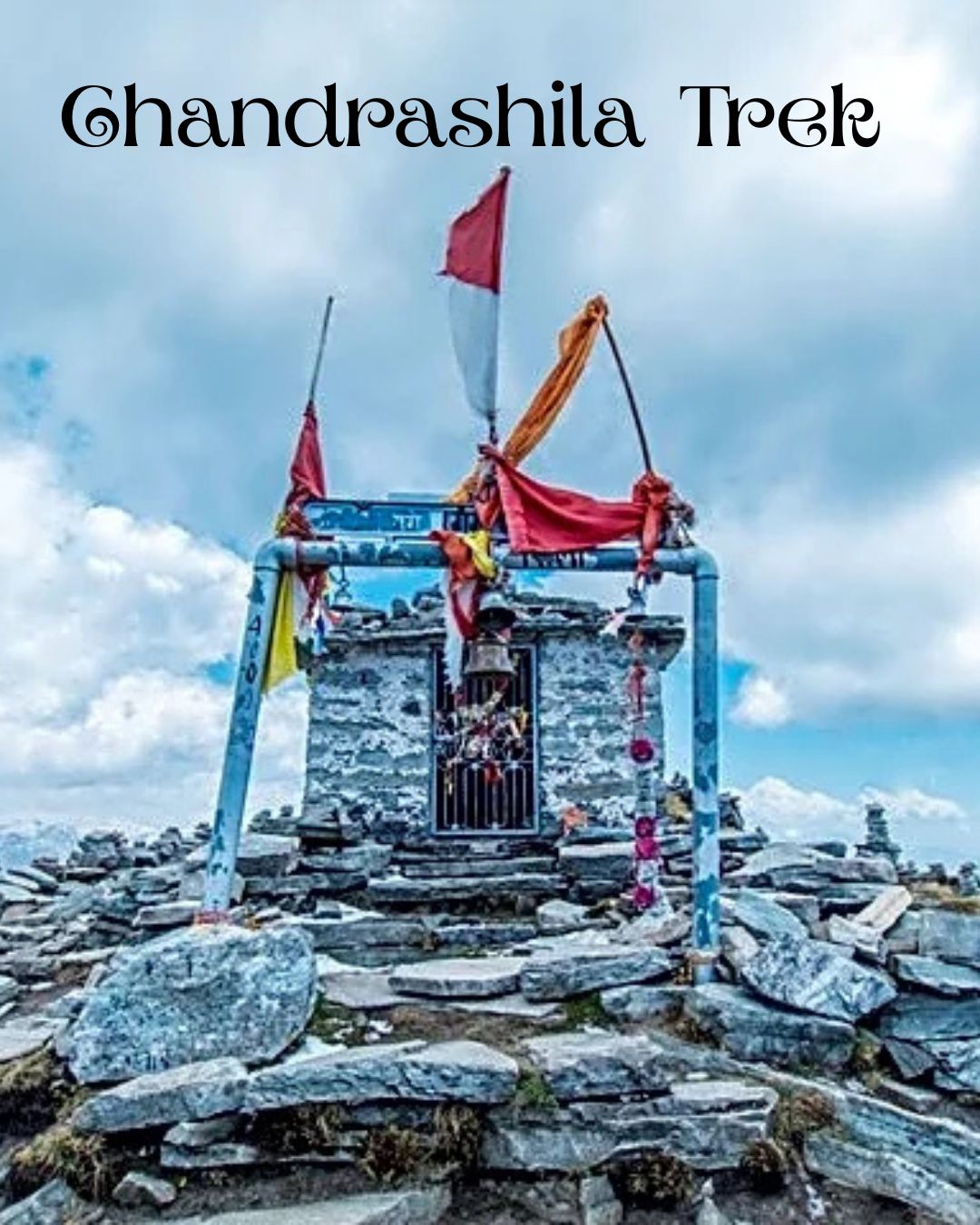

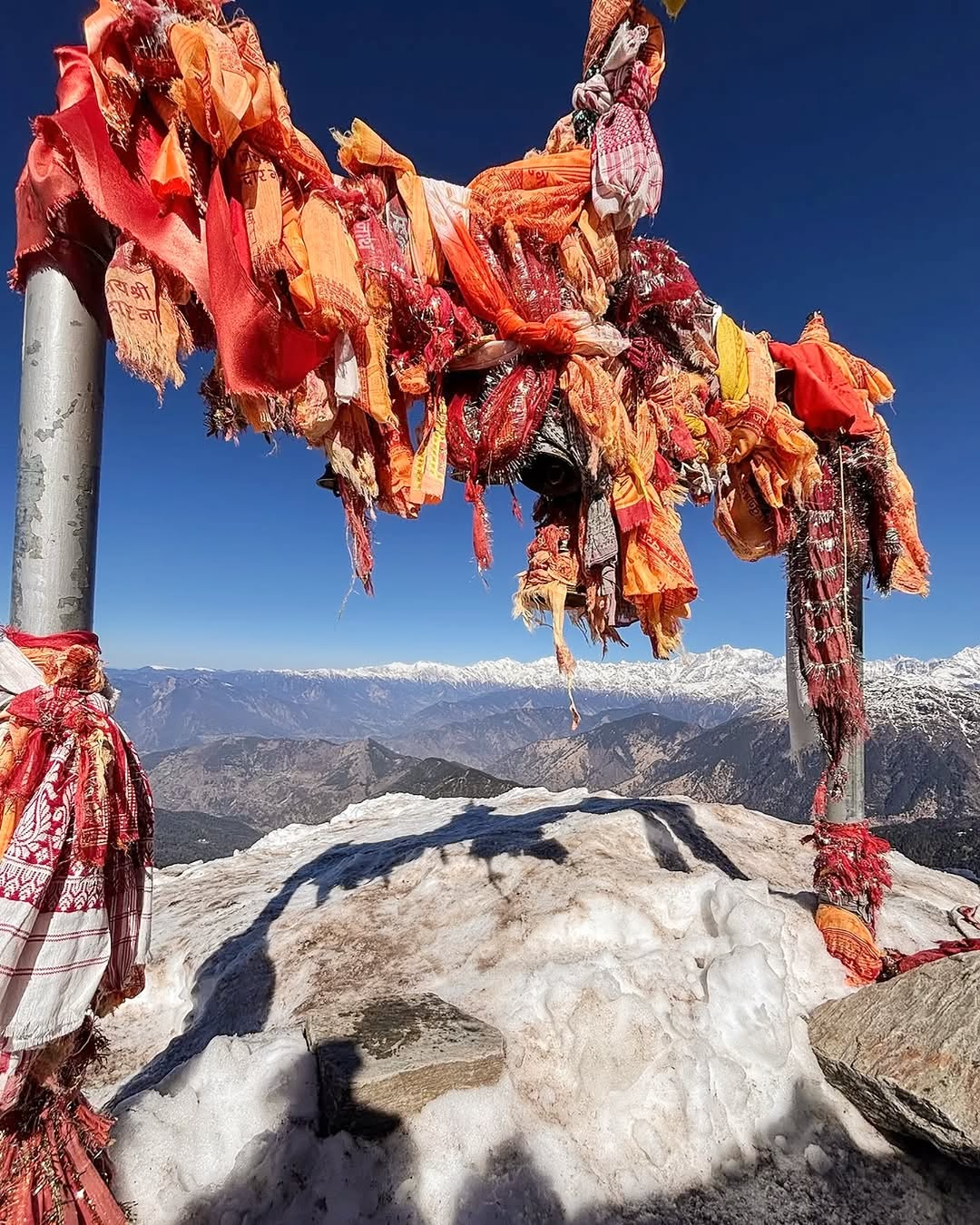
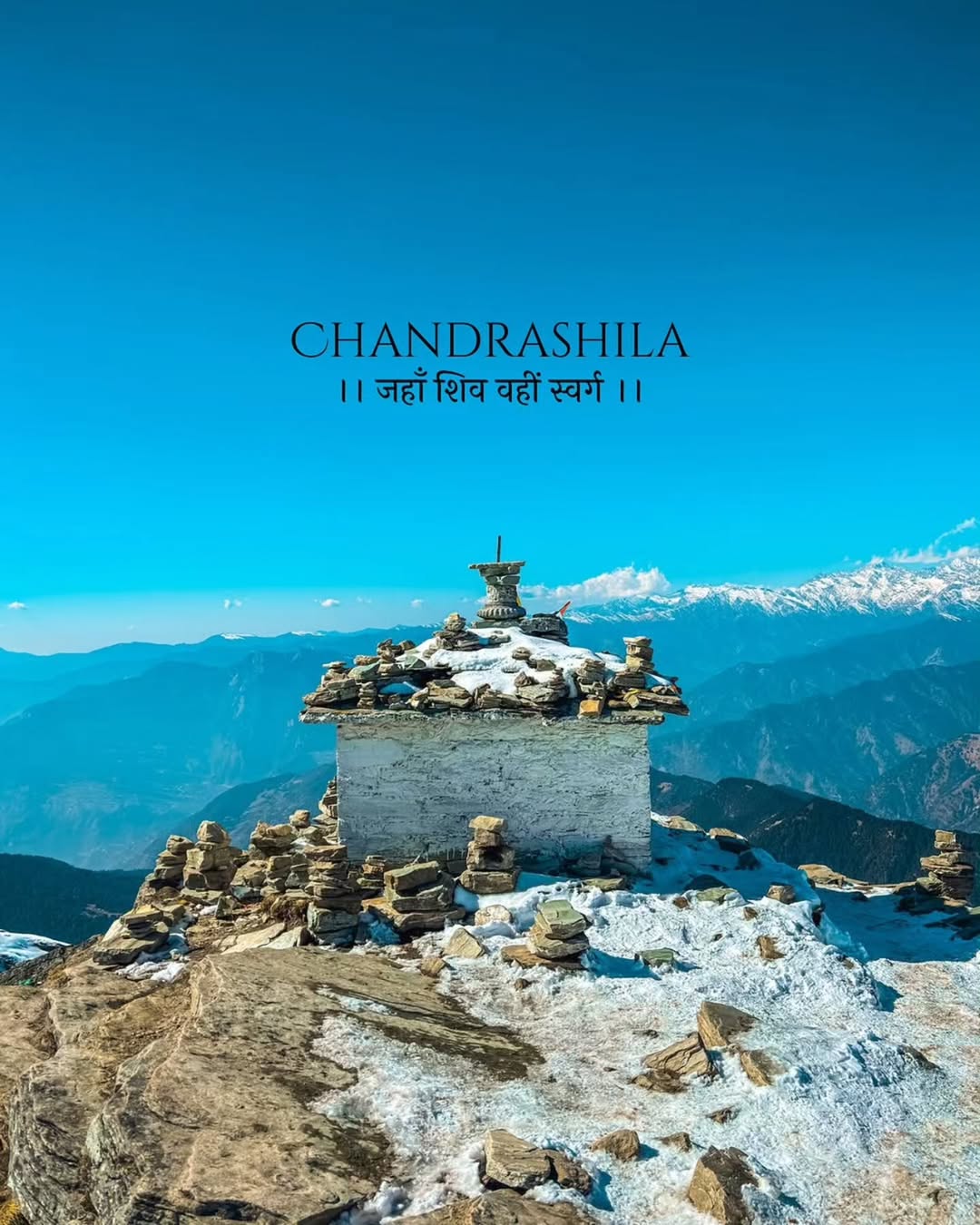
.heic)
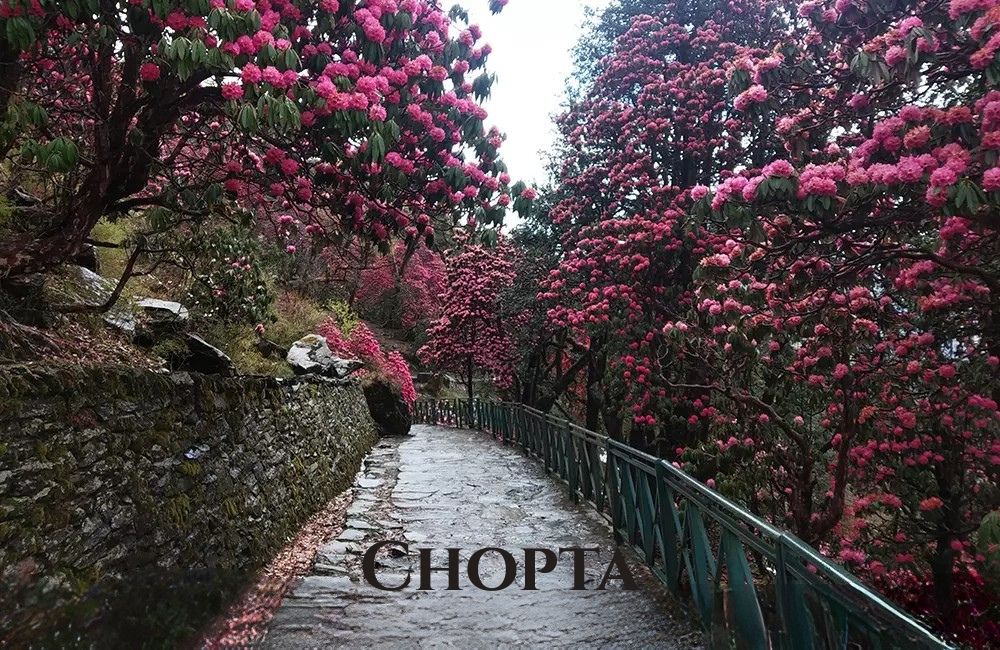

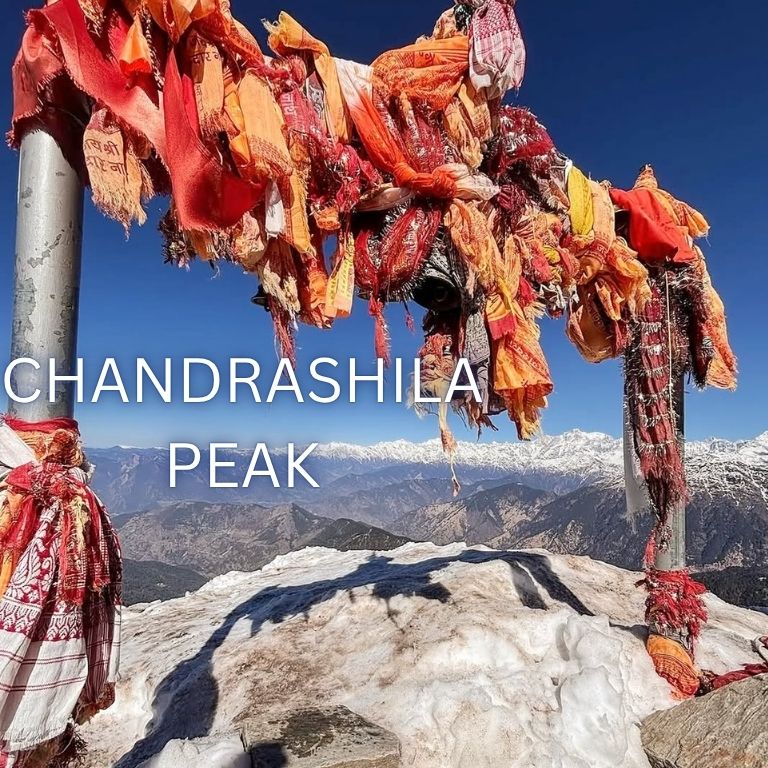
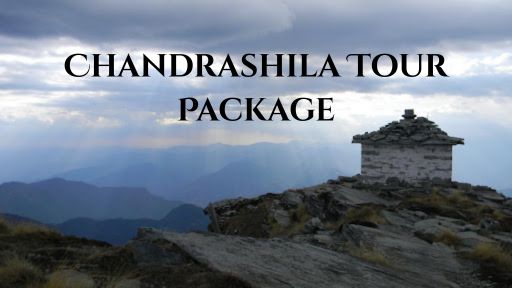
.jpg)
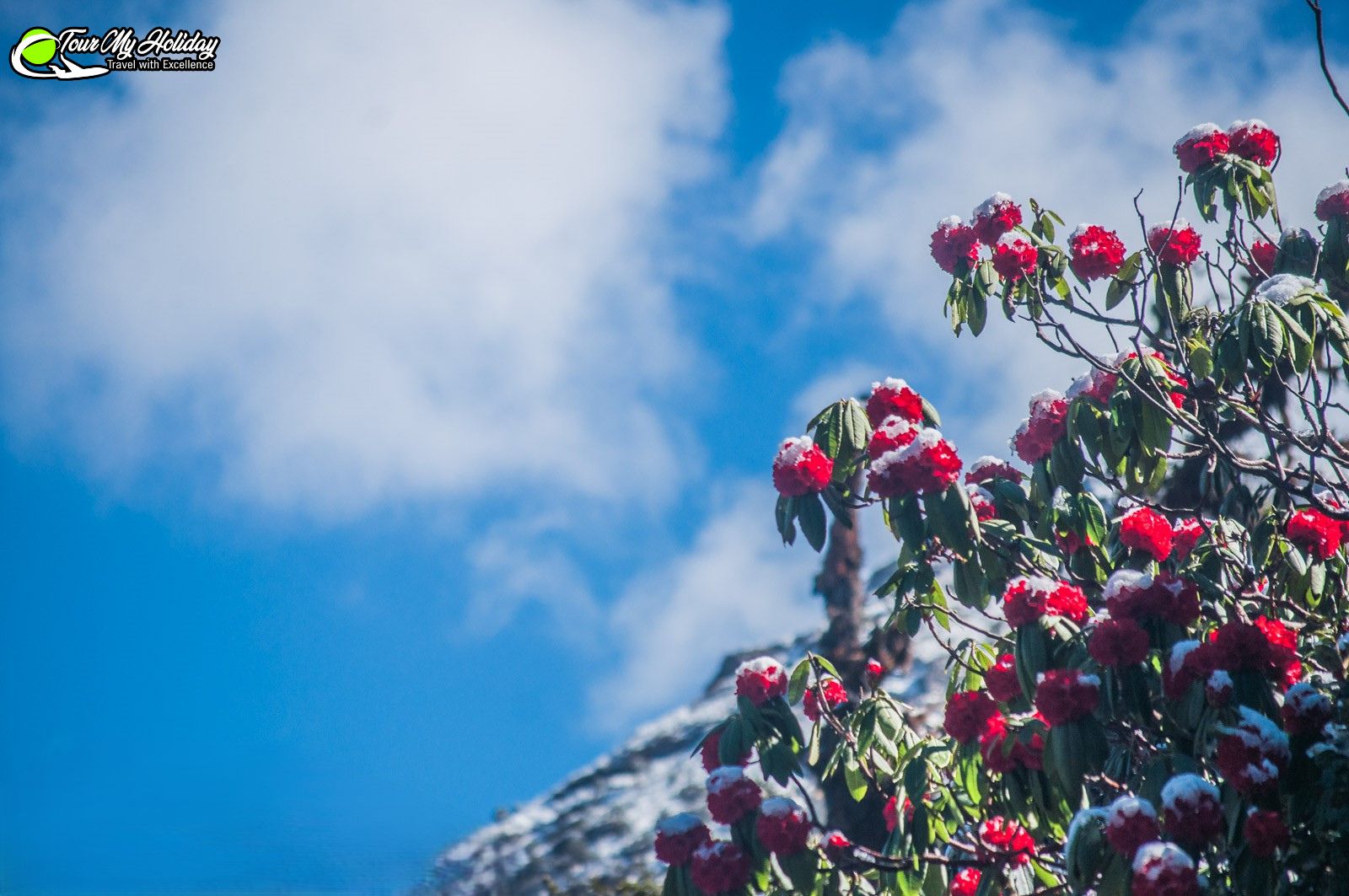
.jpg)
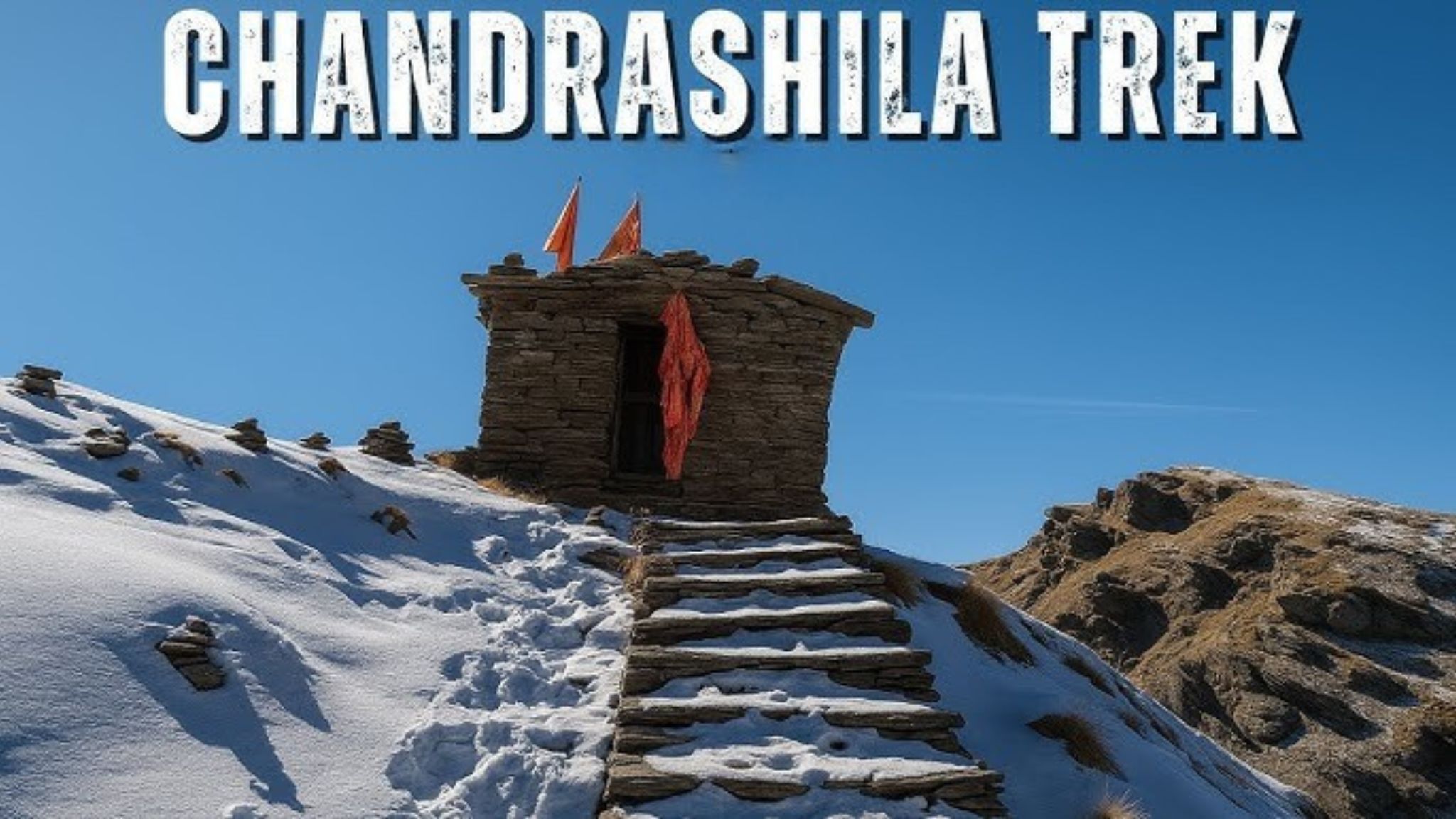
.jpg)
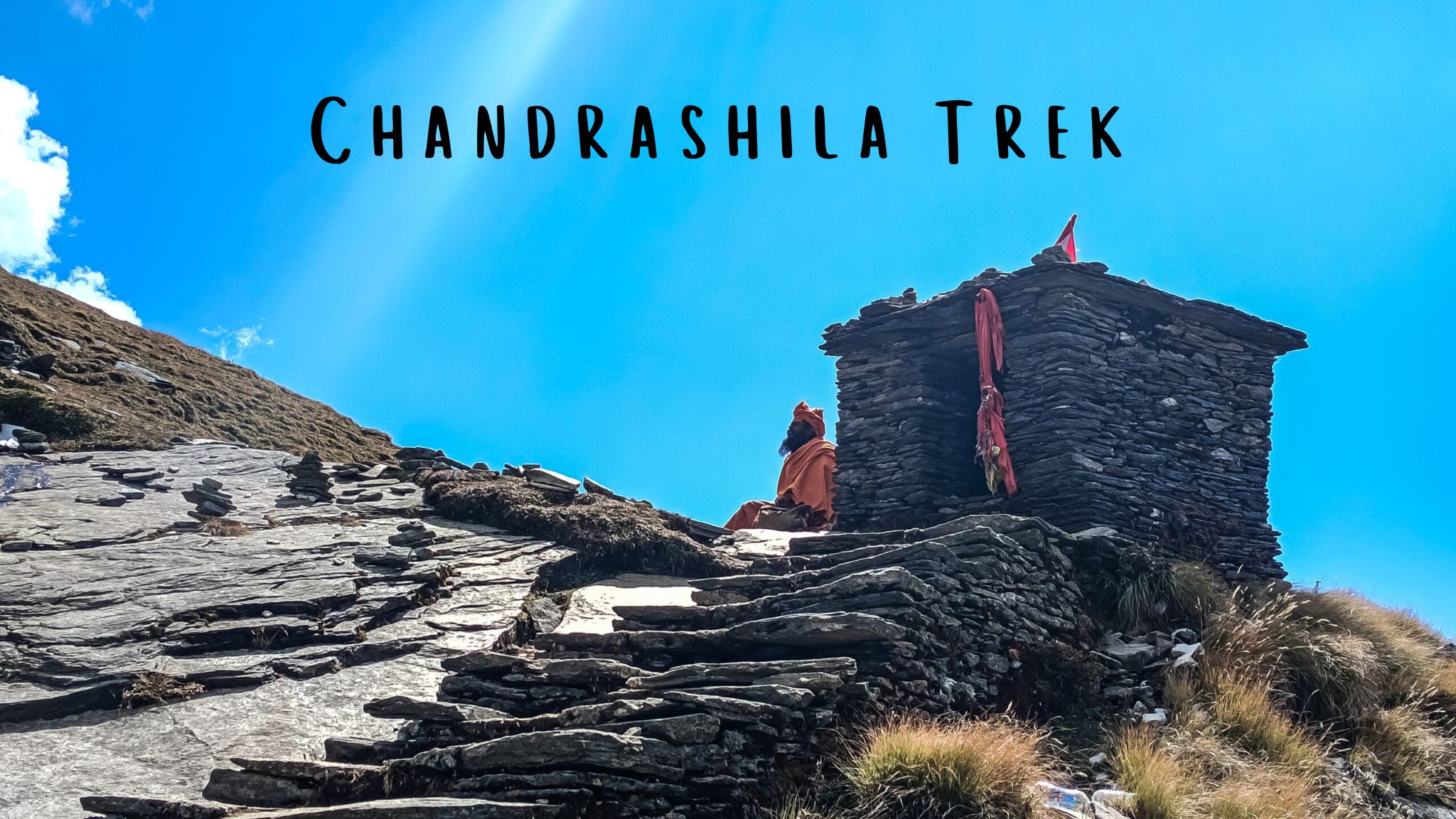
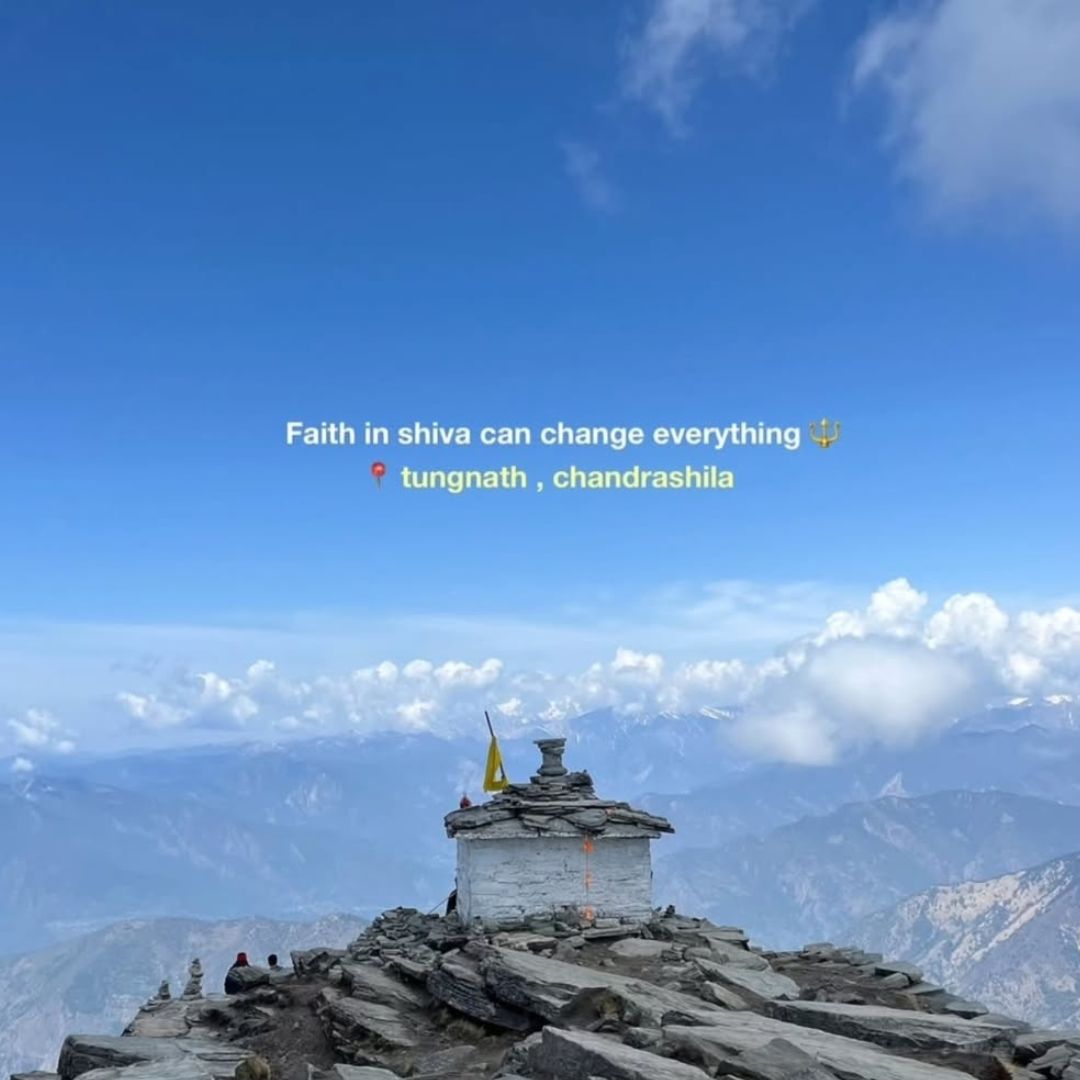
.jpg)
.jpg)
.jpg)
.jpg)
.jpg)
.jpg)
.webp)

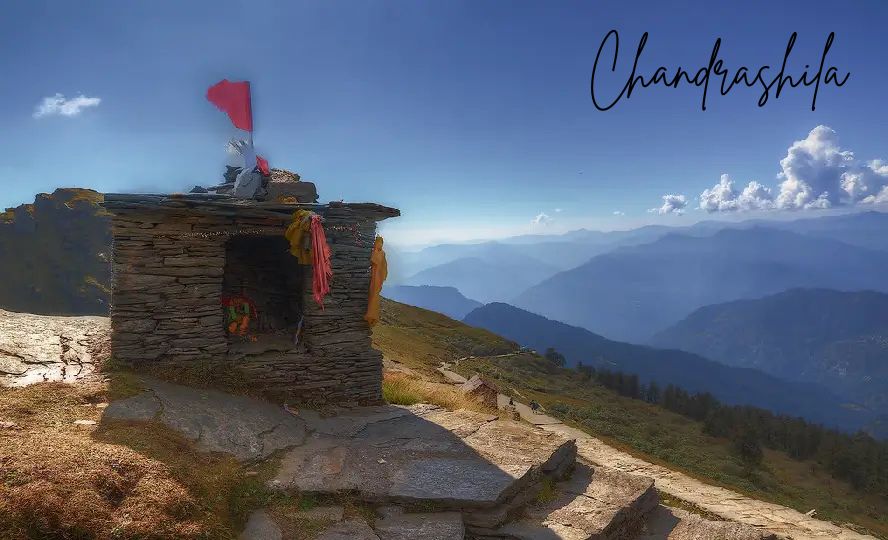

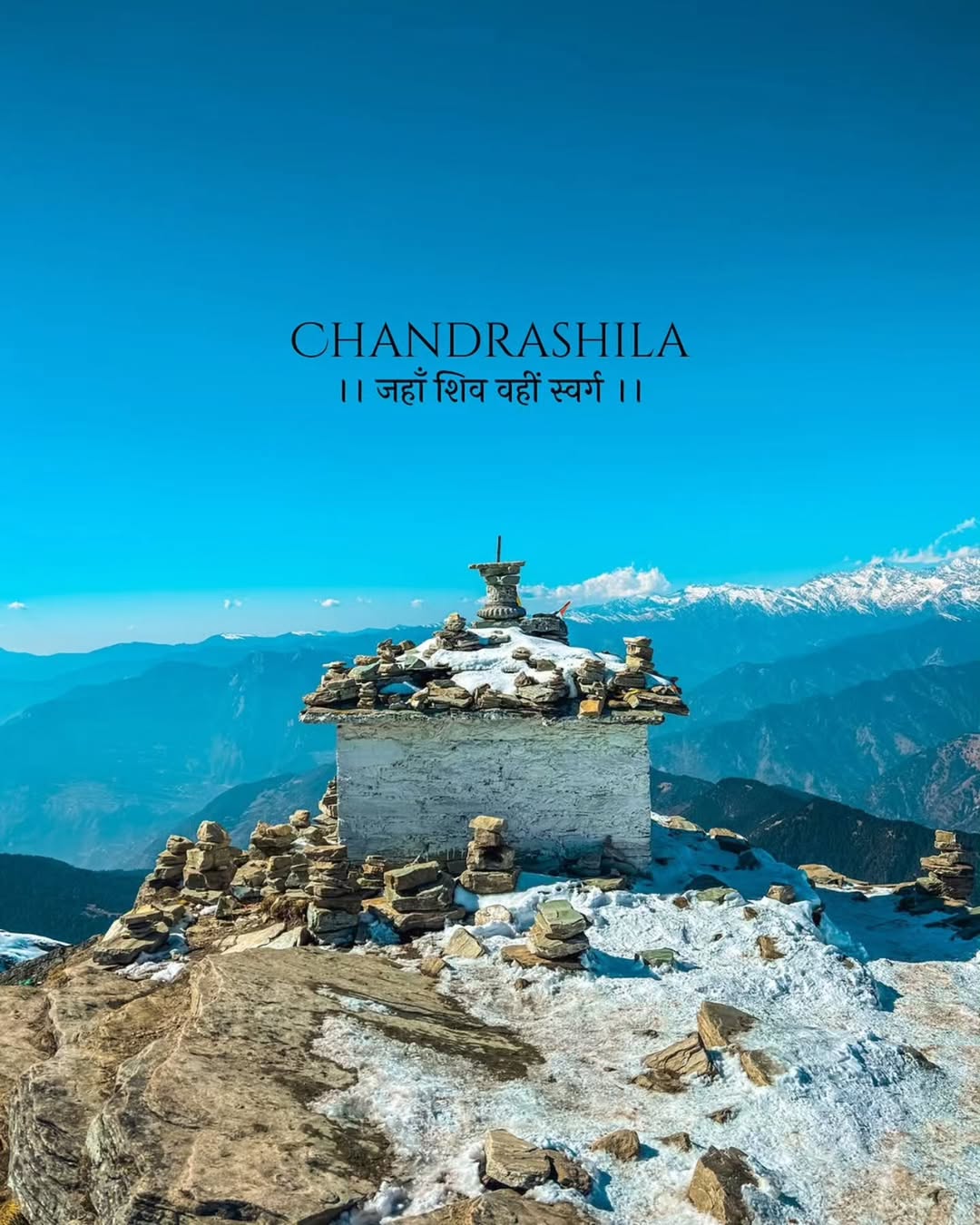

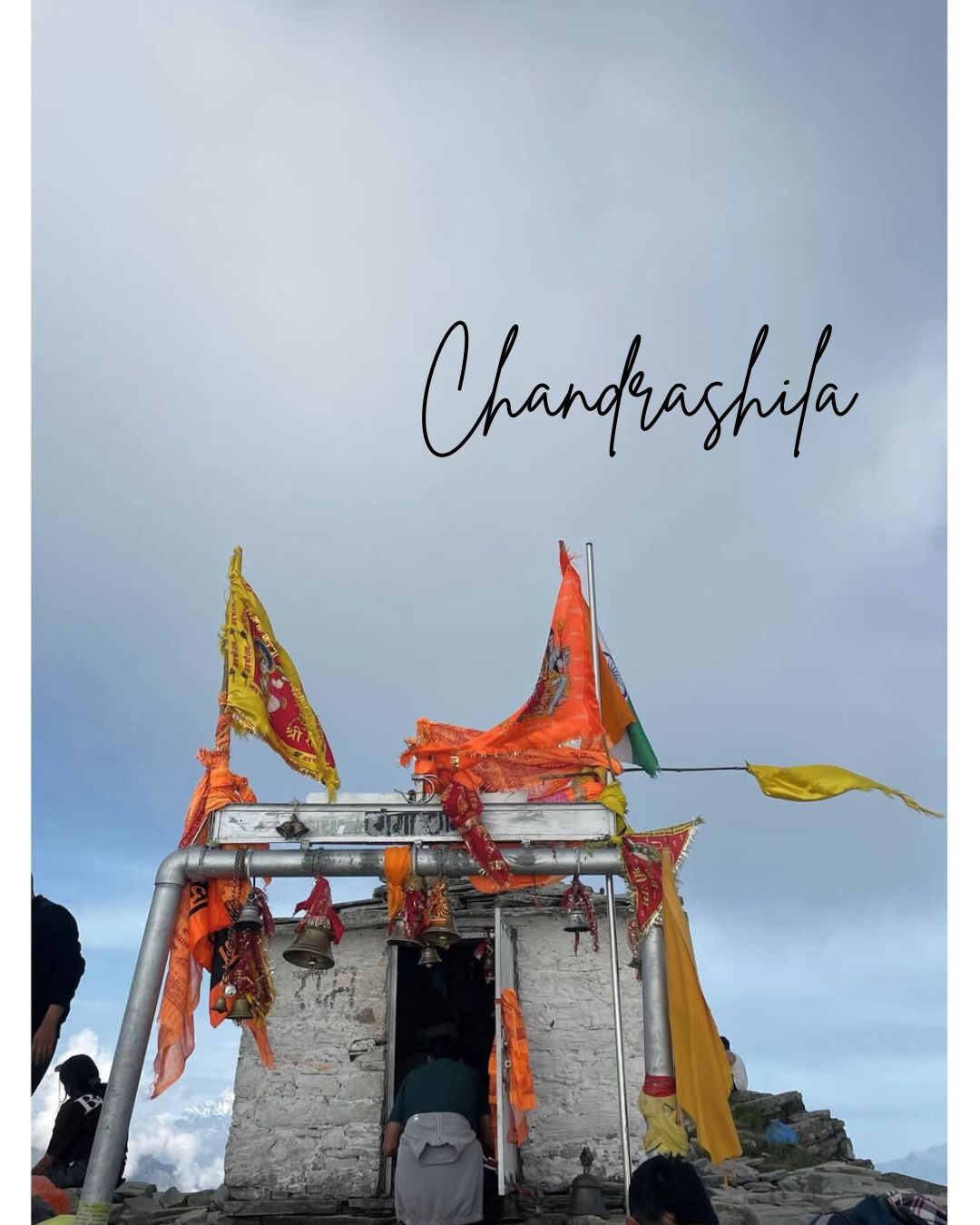
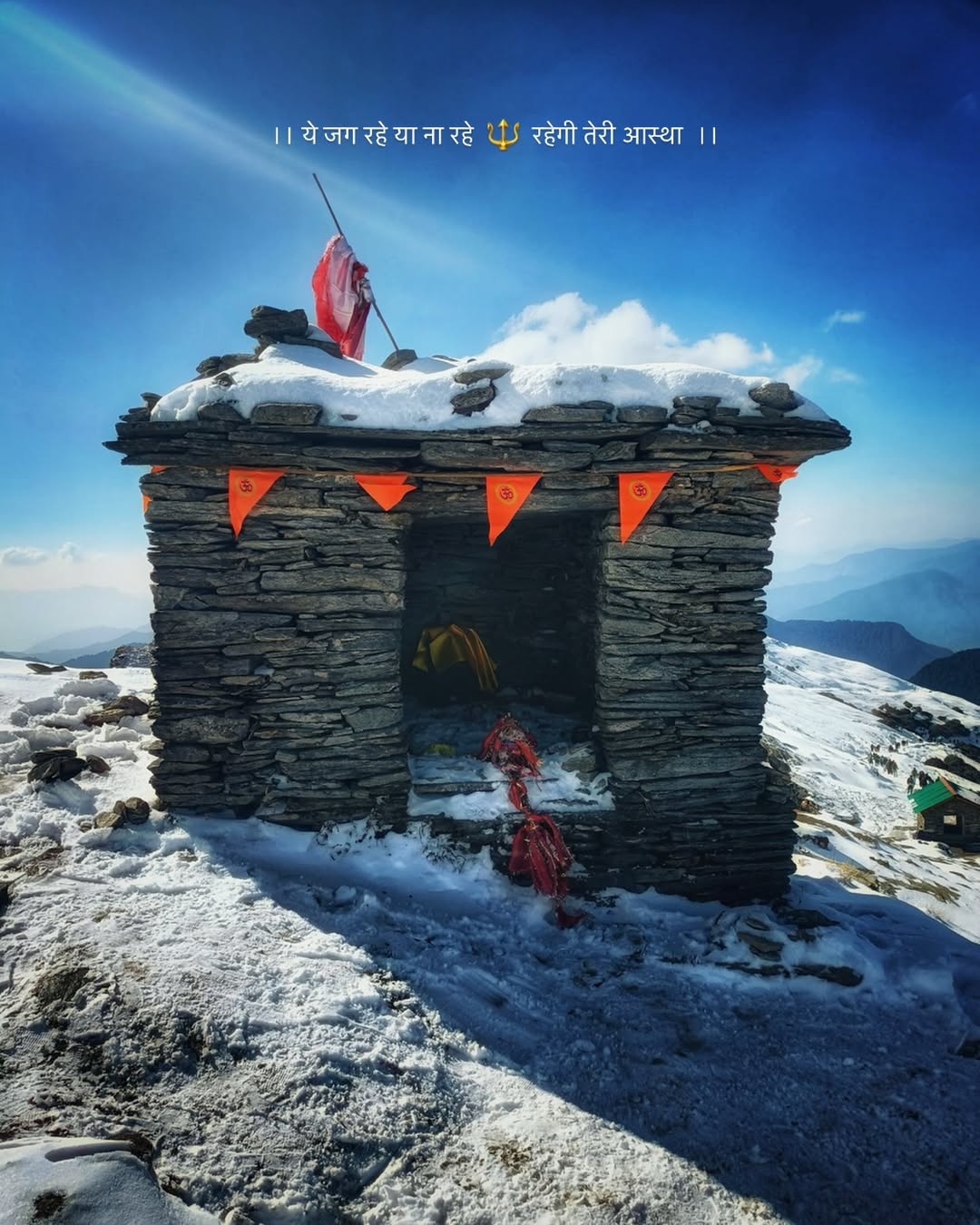

.jpg)

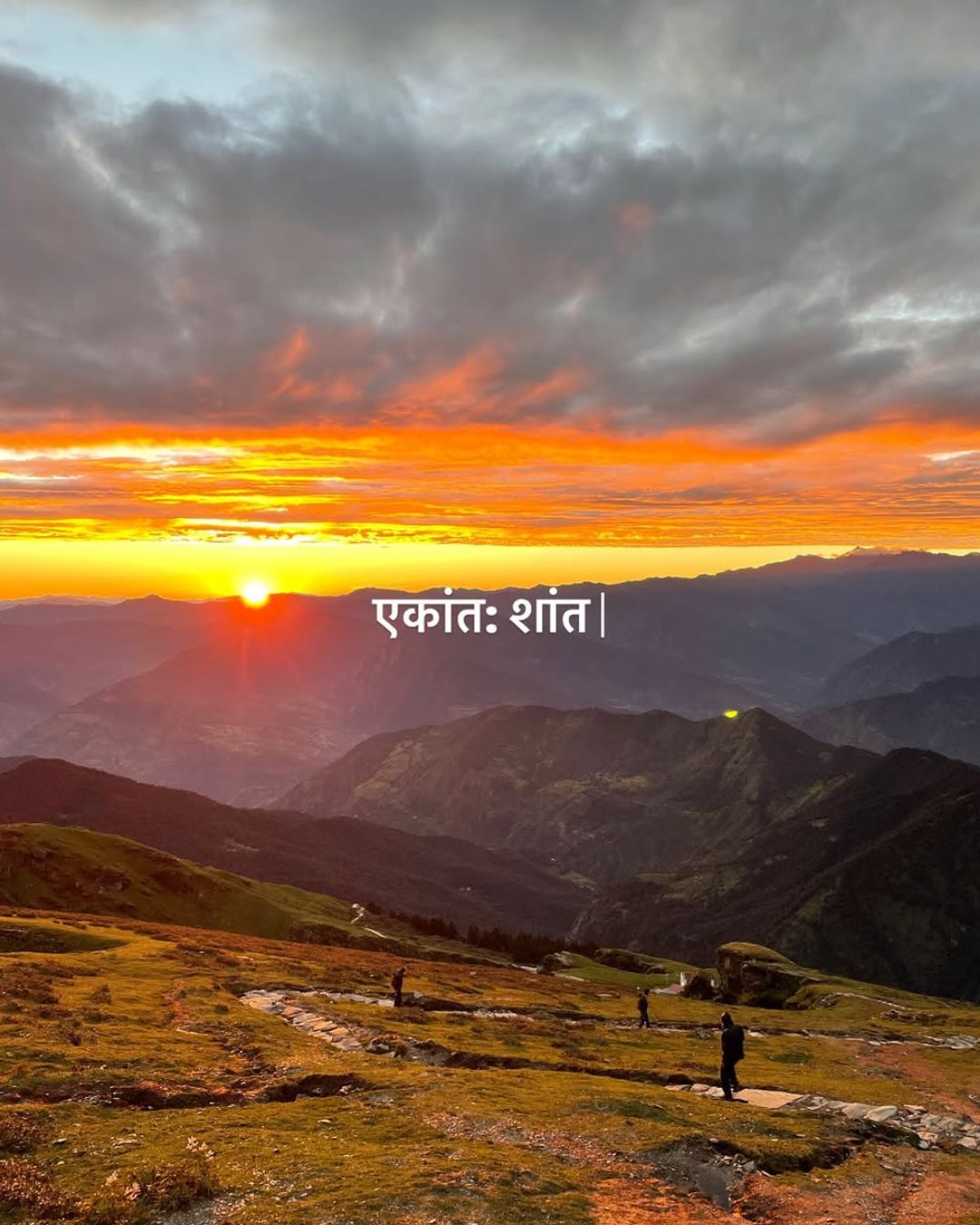
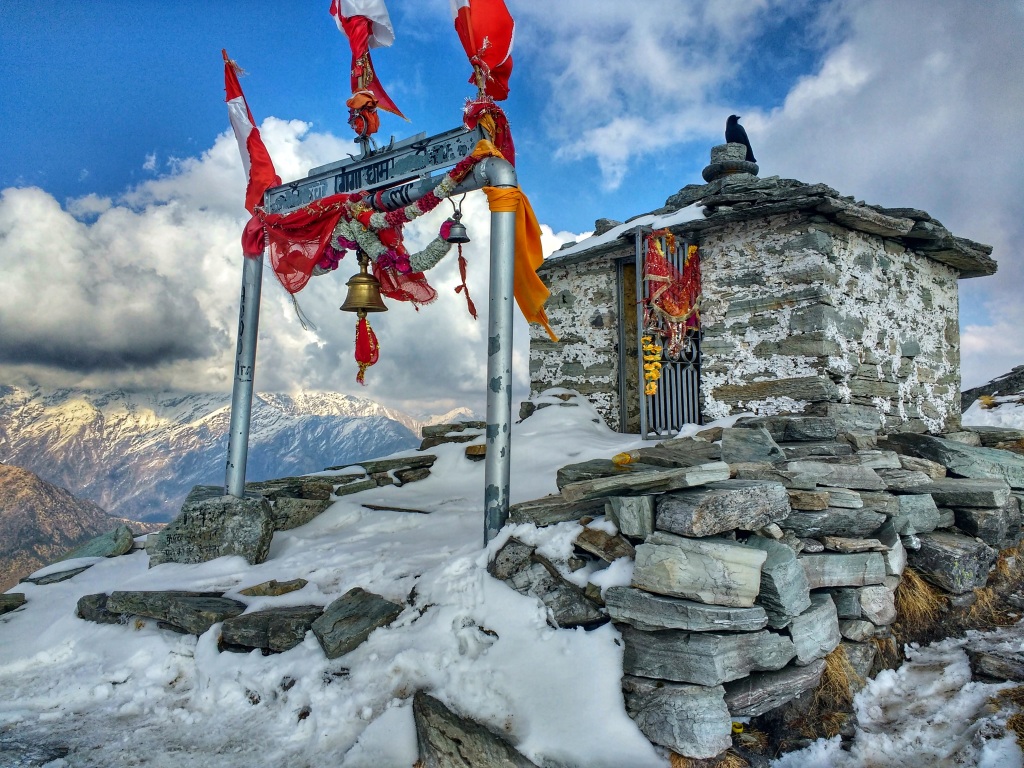
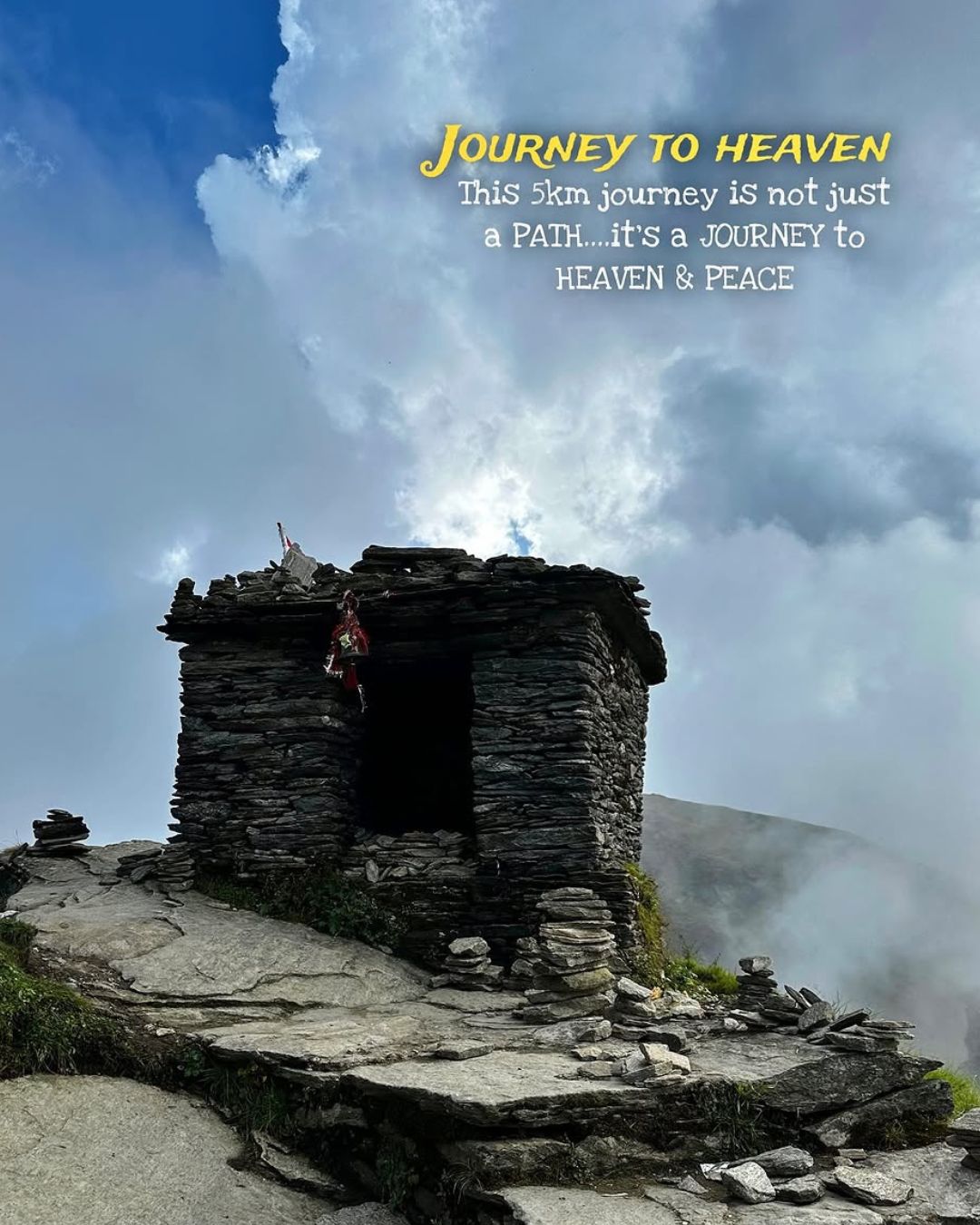

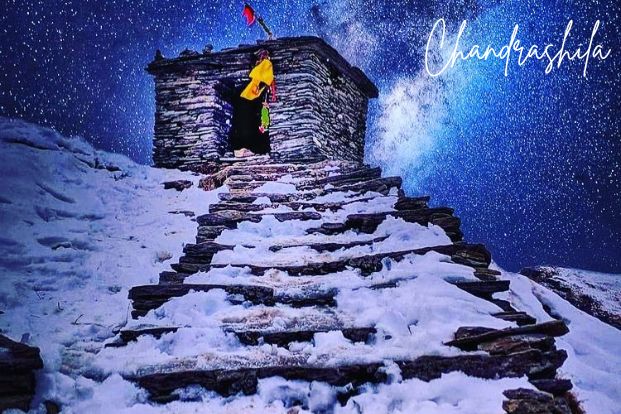



.jpg)
.jpg)









.jpg)




.jpg)






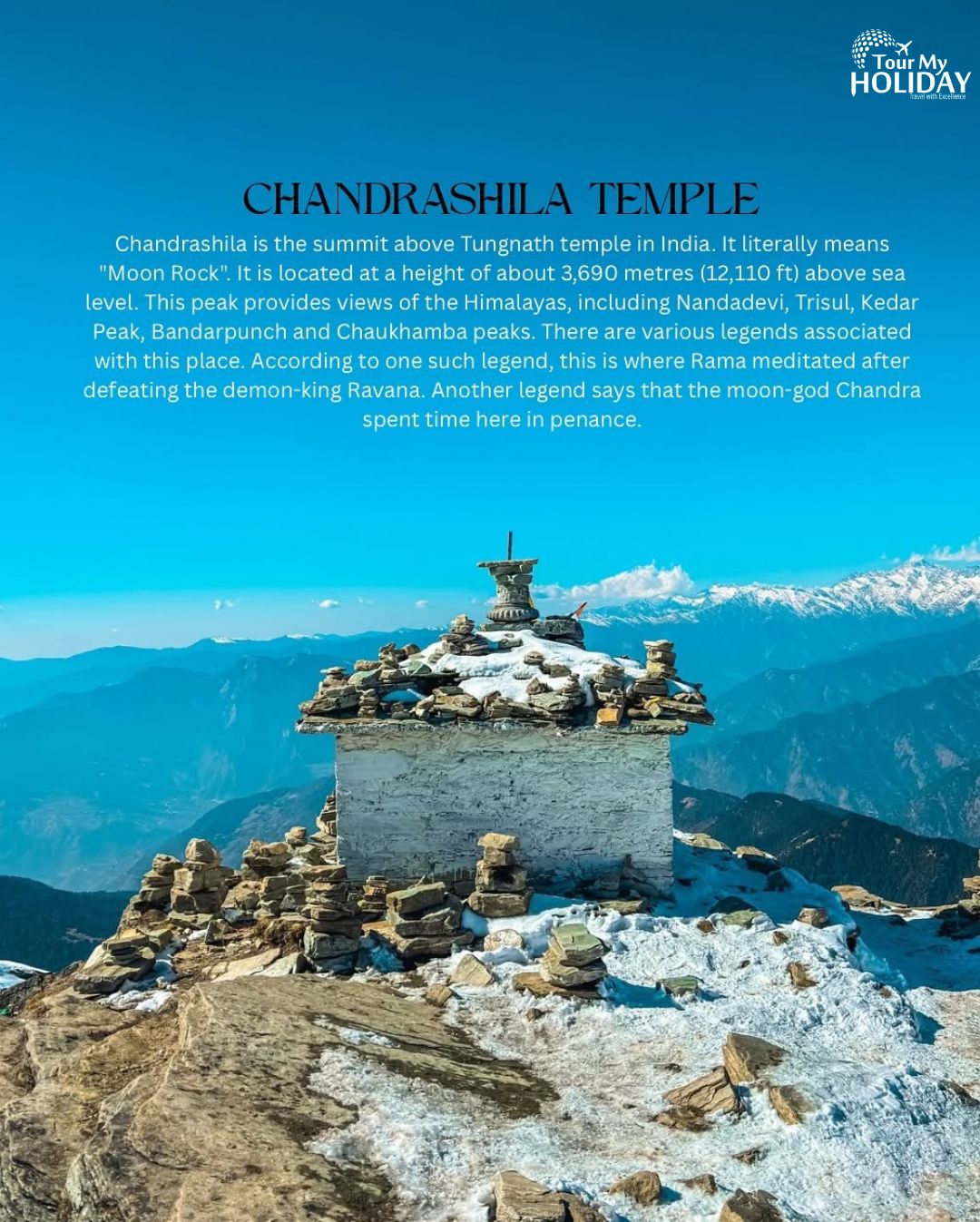





.jpg)


.jpg)
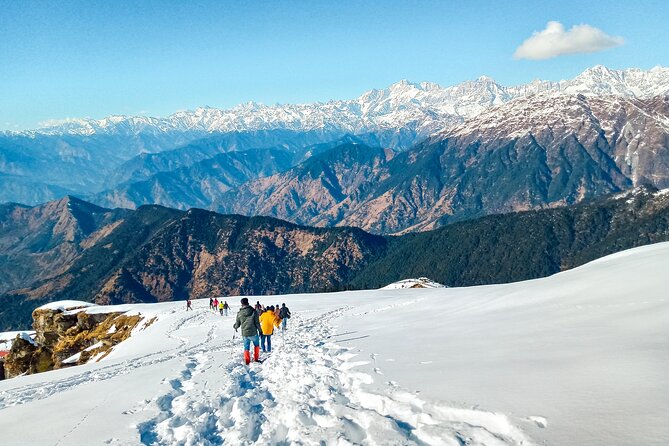

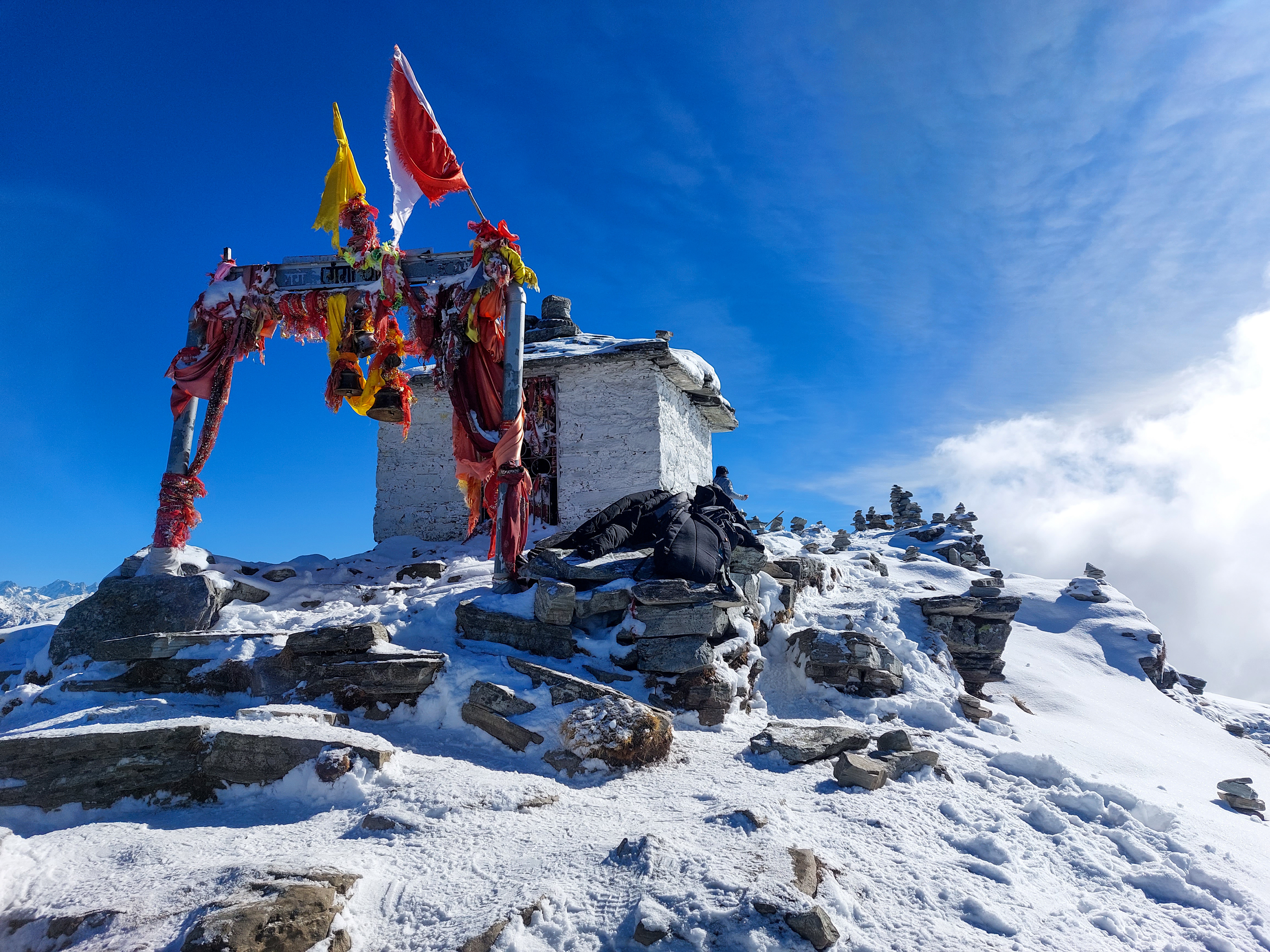
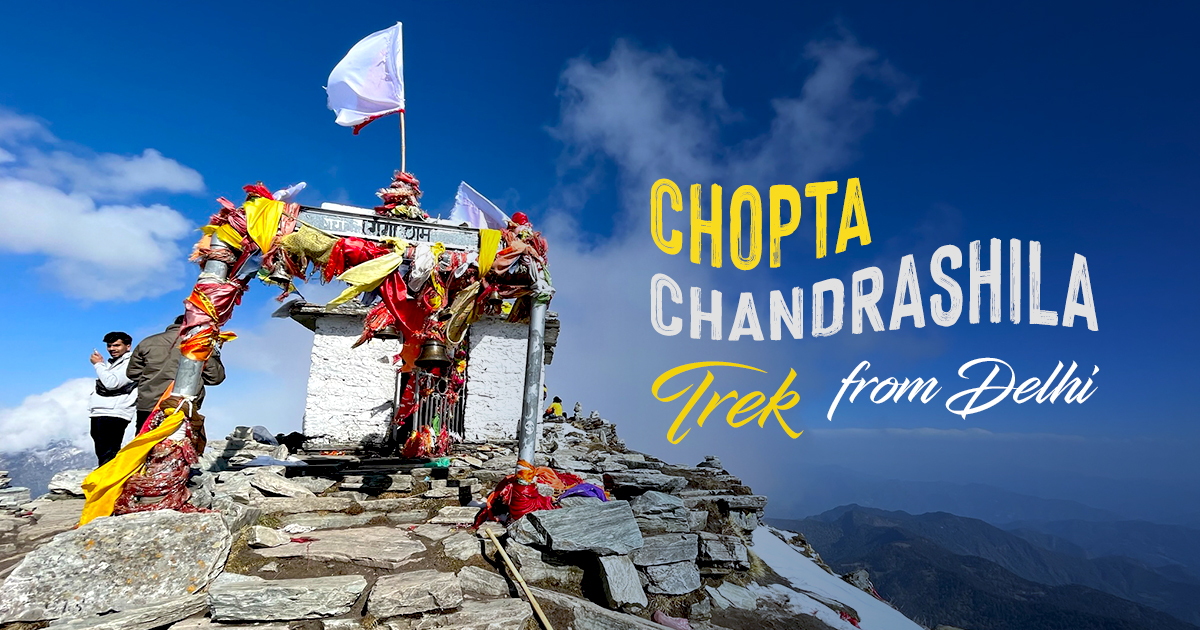

.jpg)
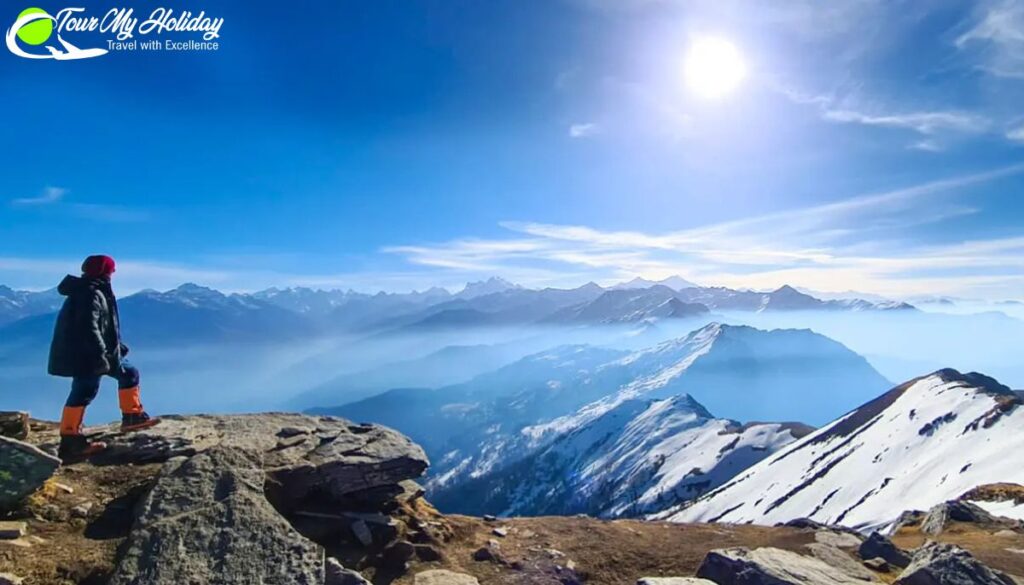


.jpg)

.jpg)
.jpg)
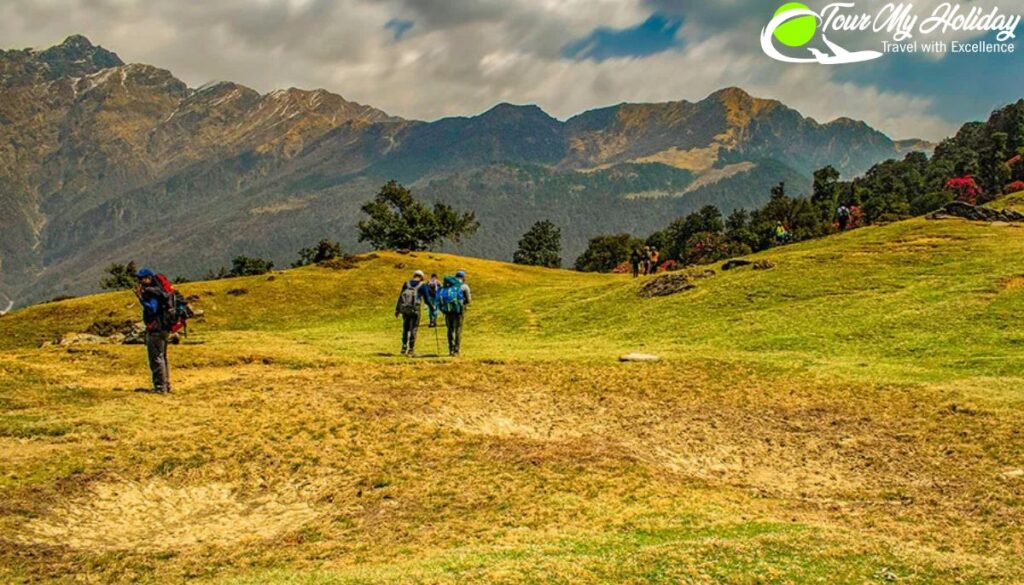
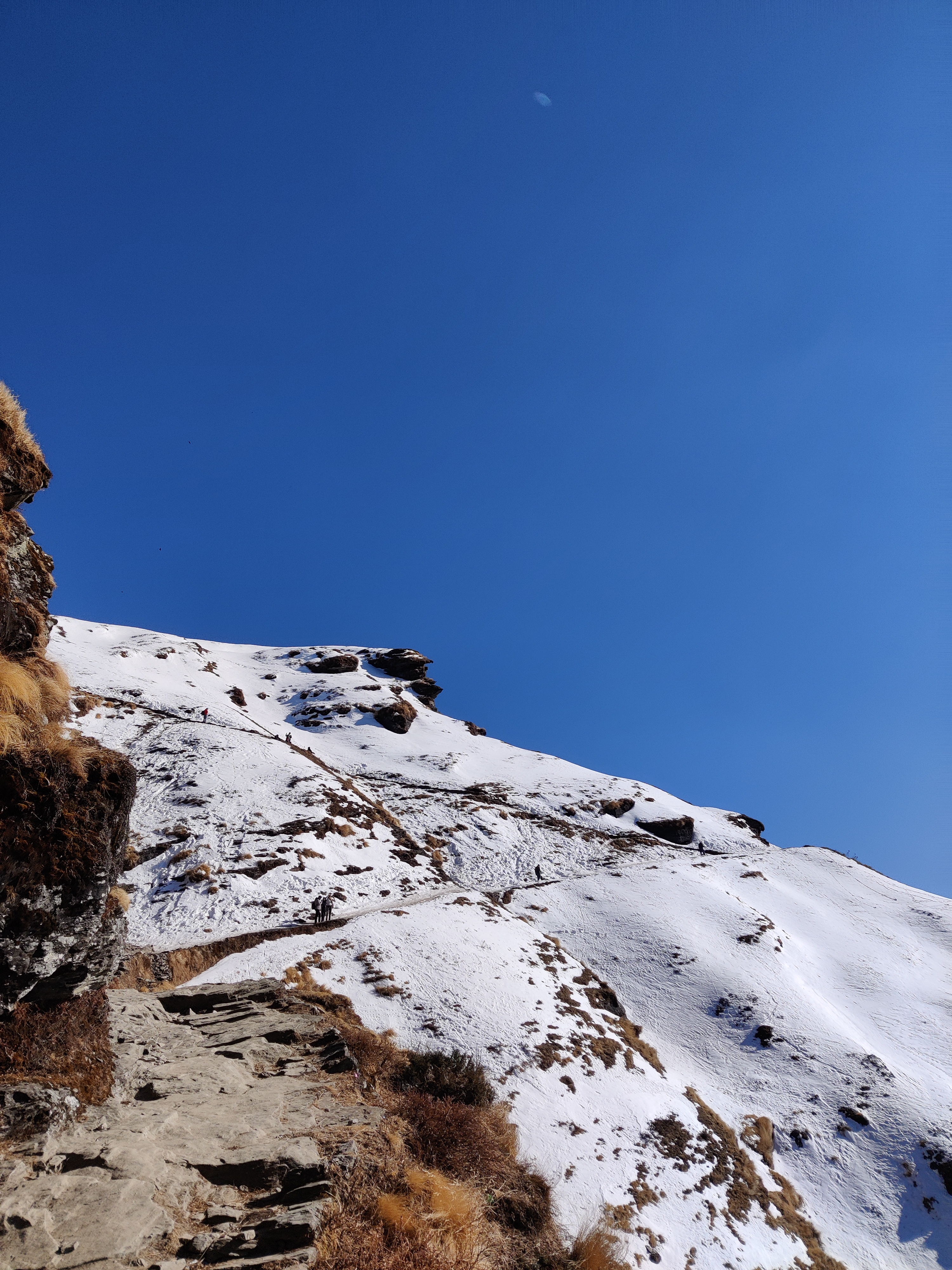

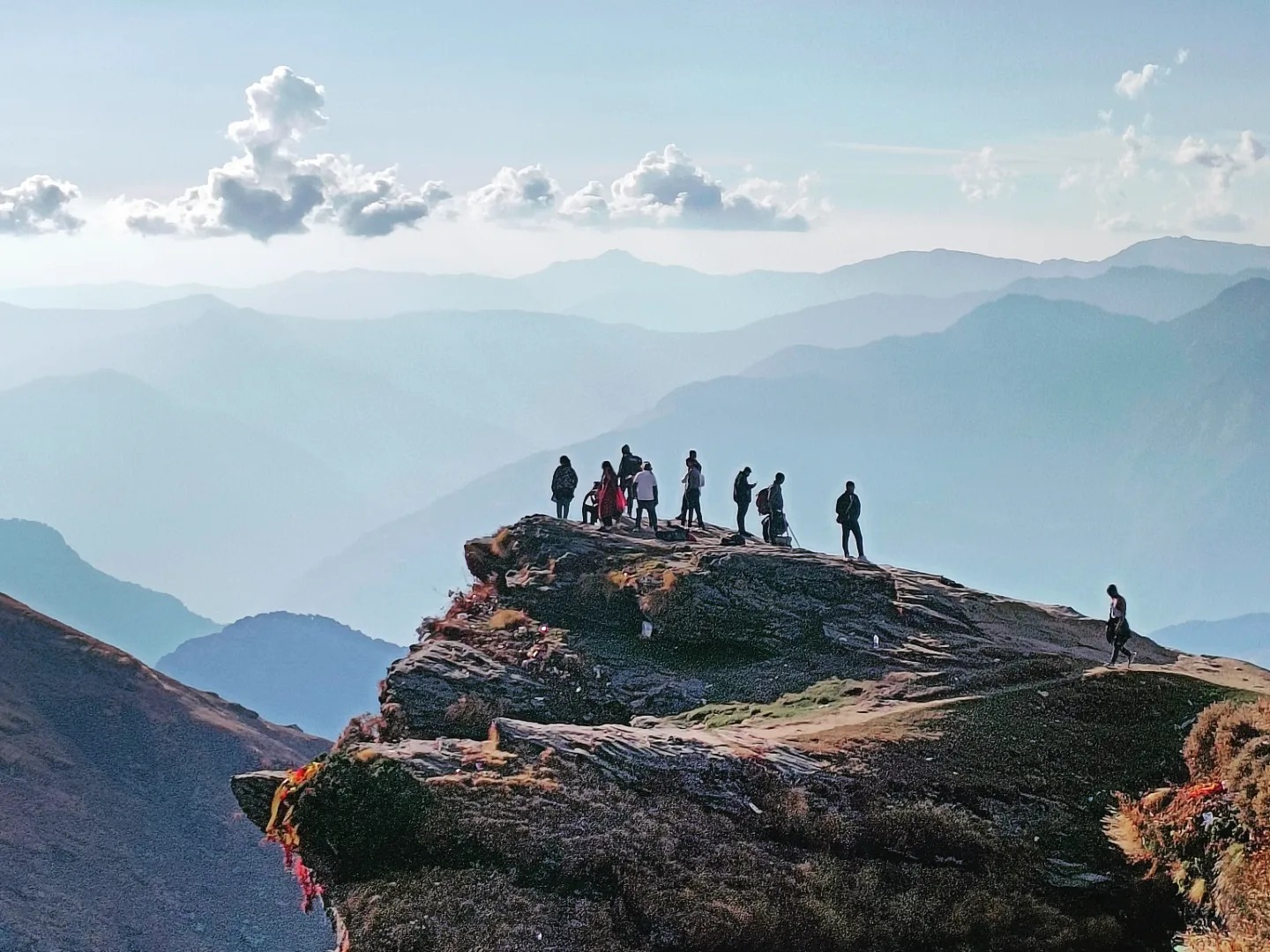
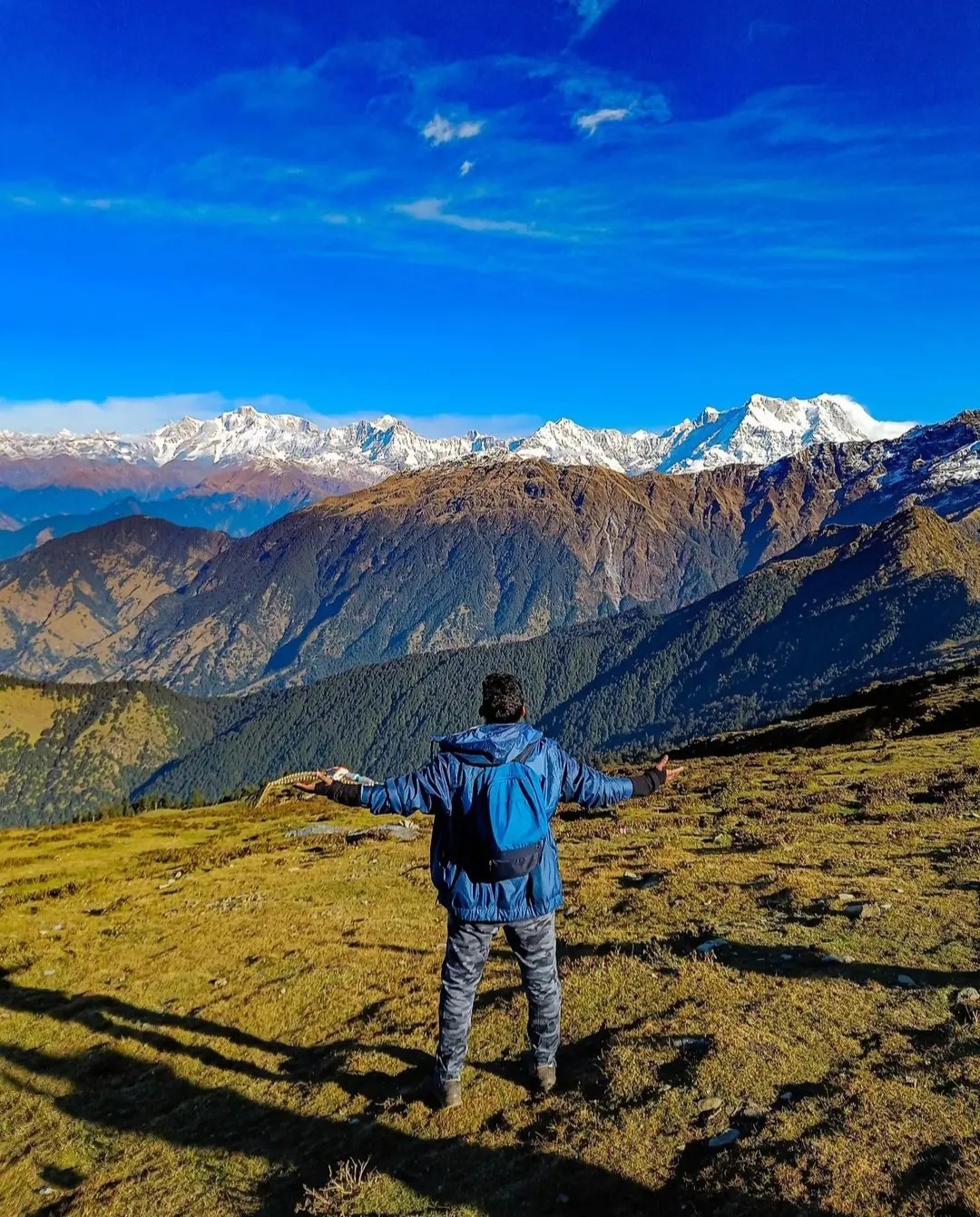
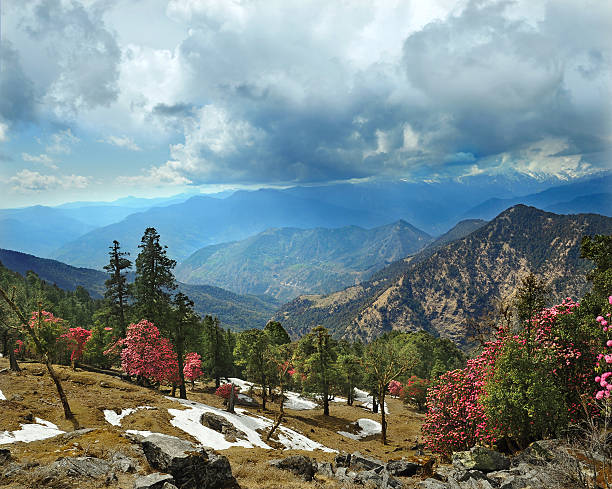

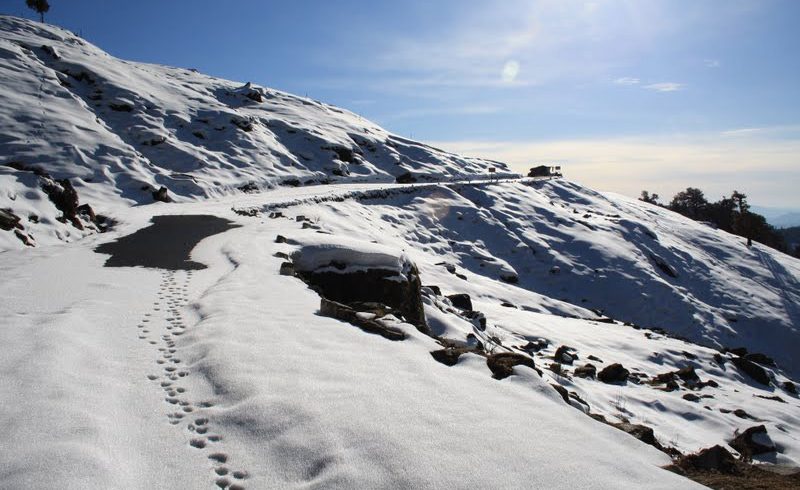
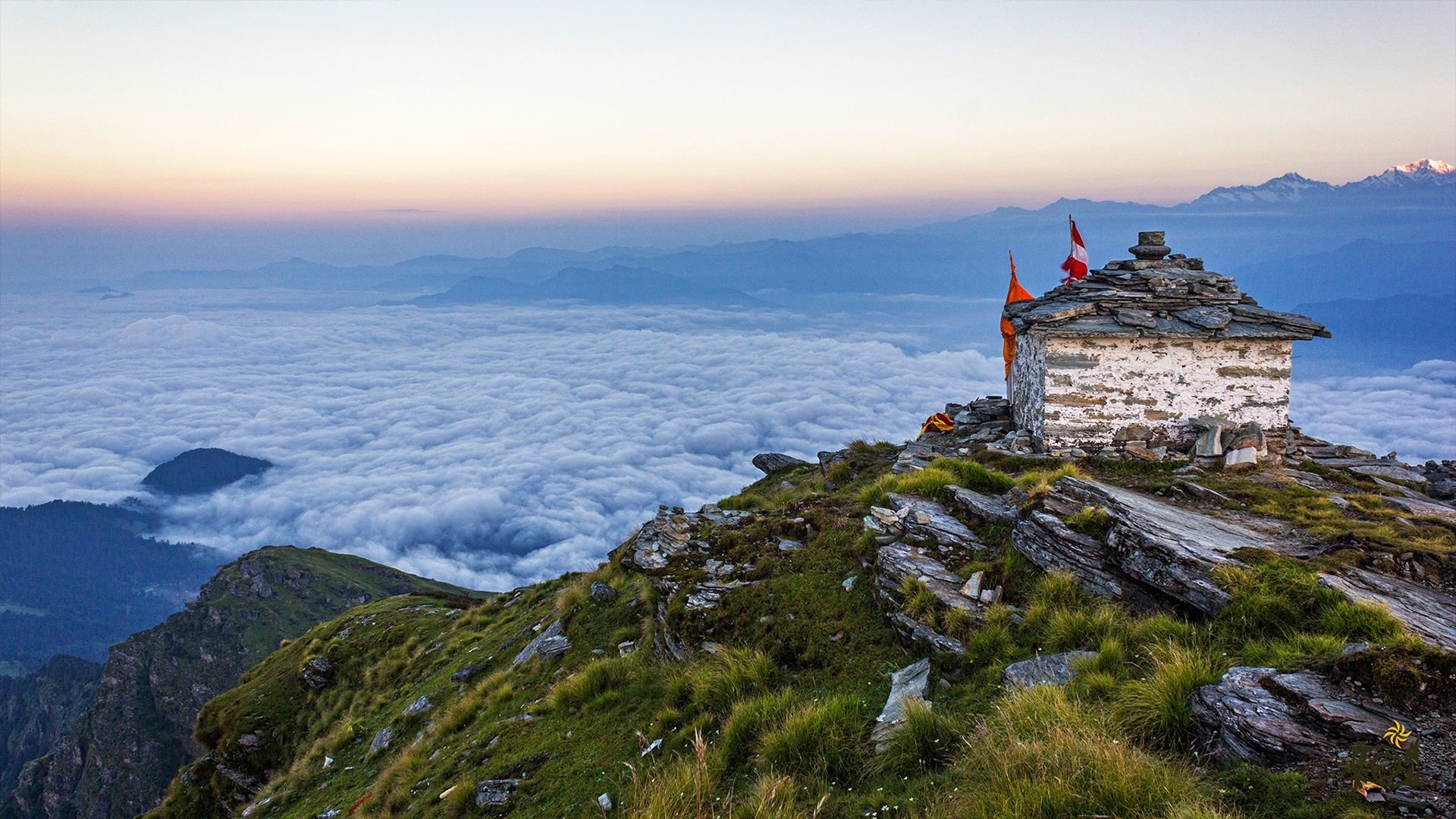

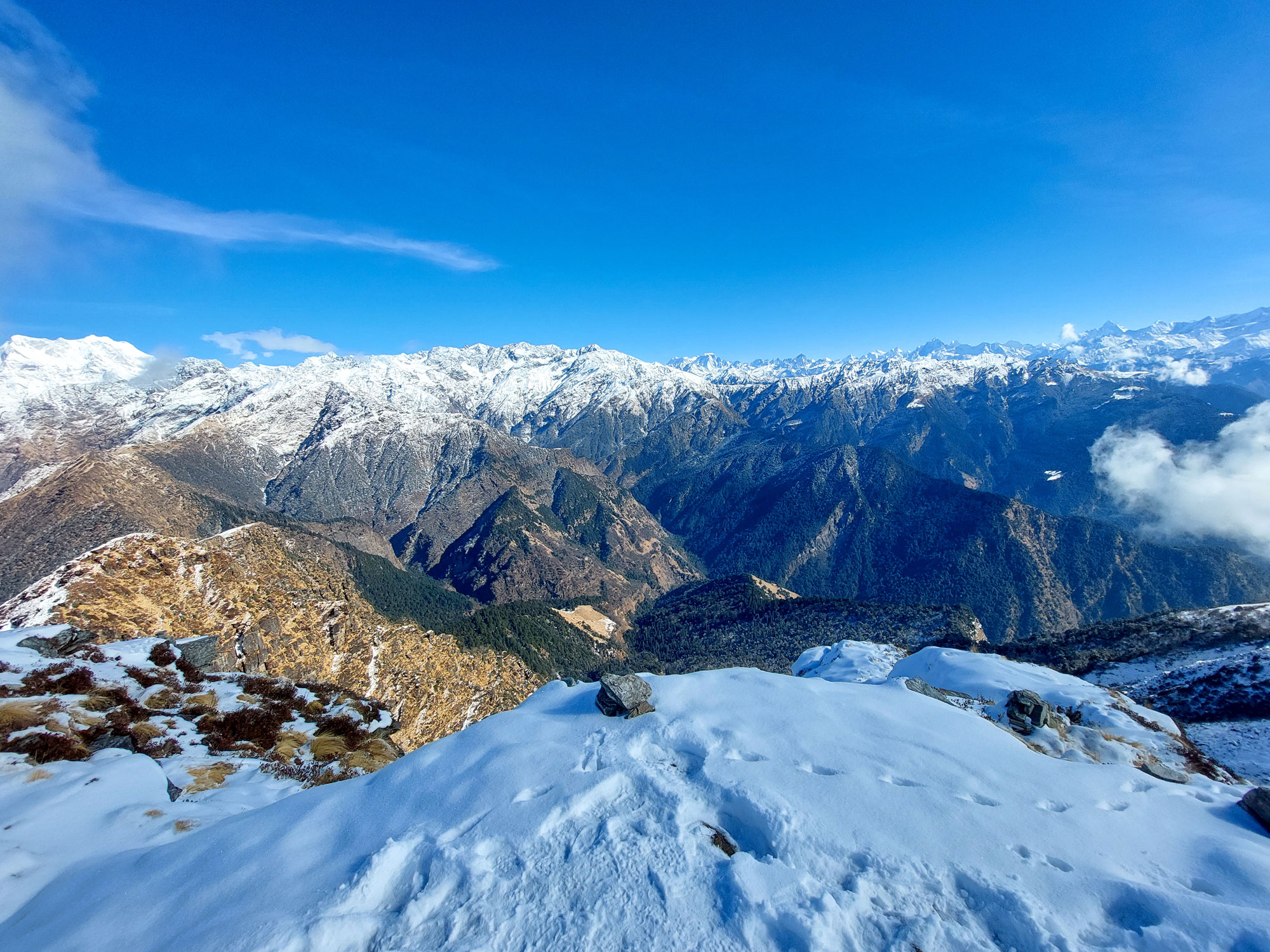
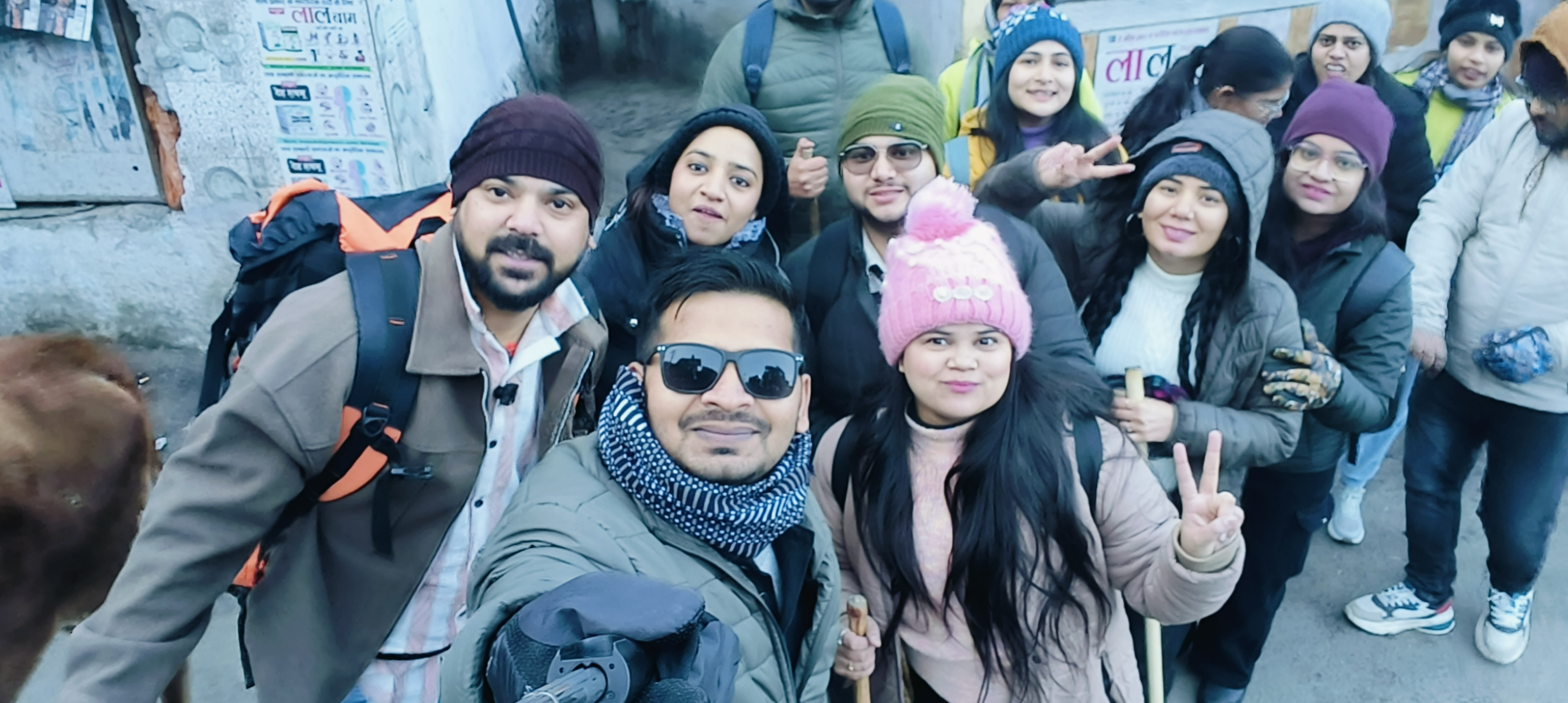
.jpeg)



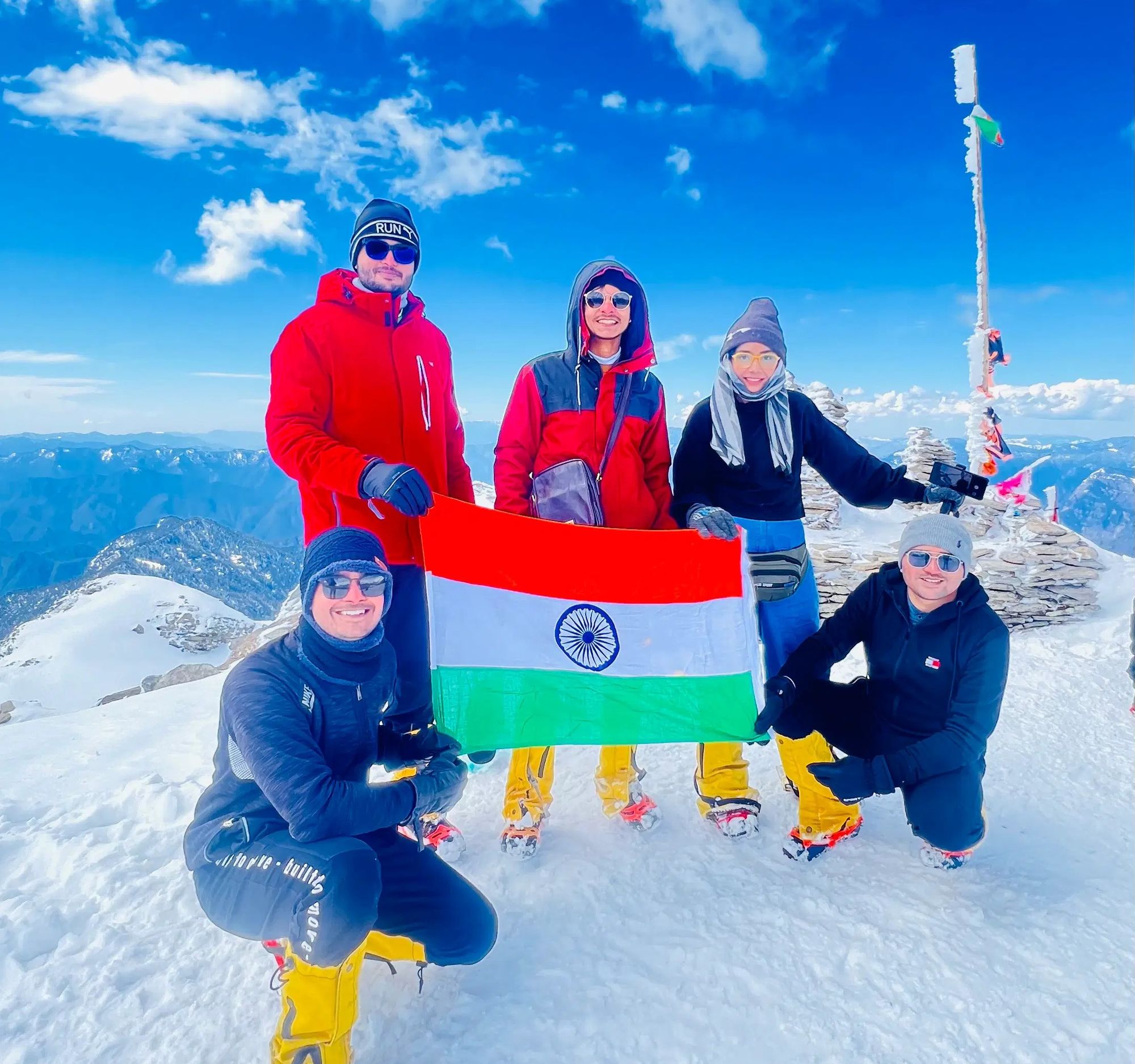
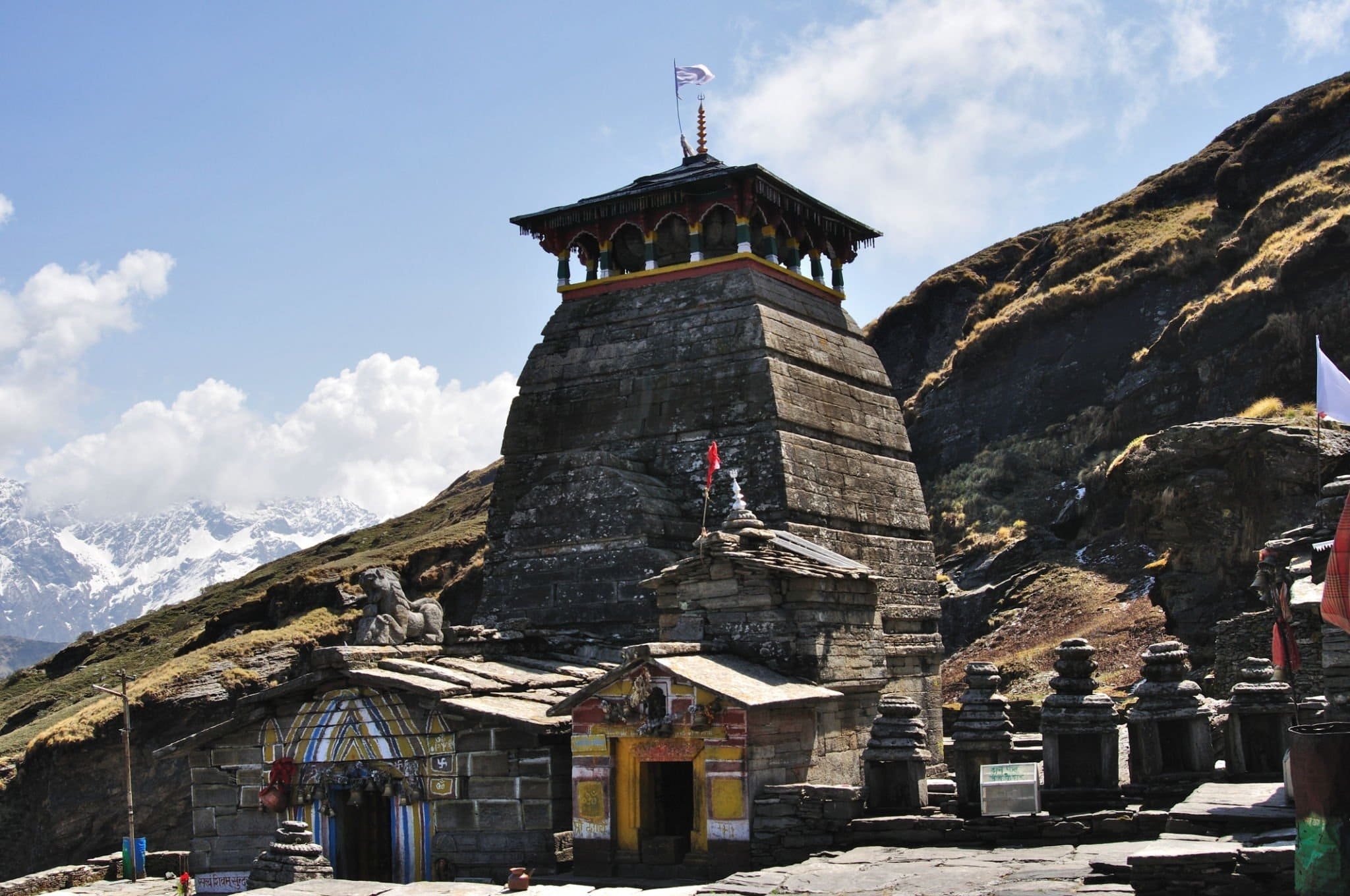
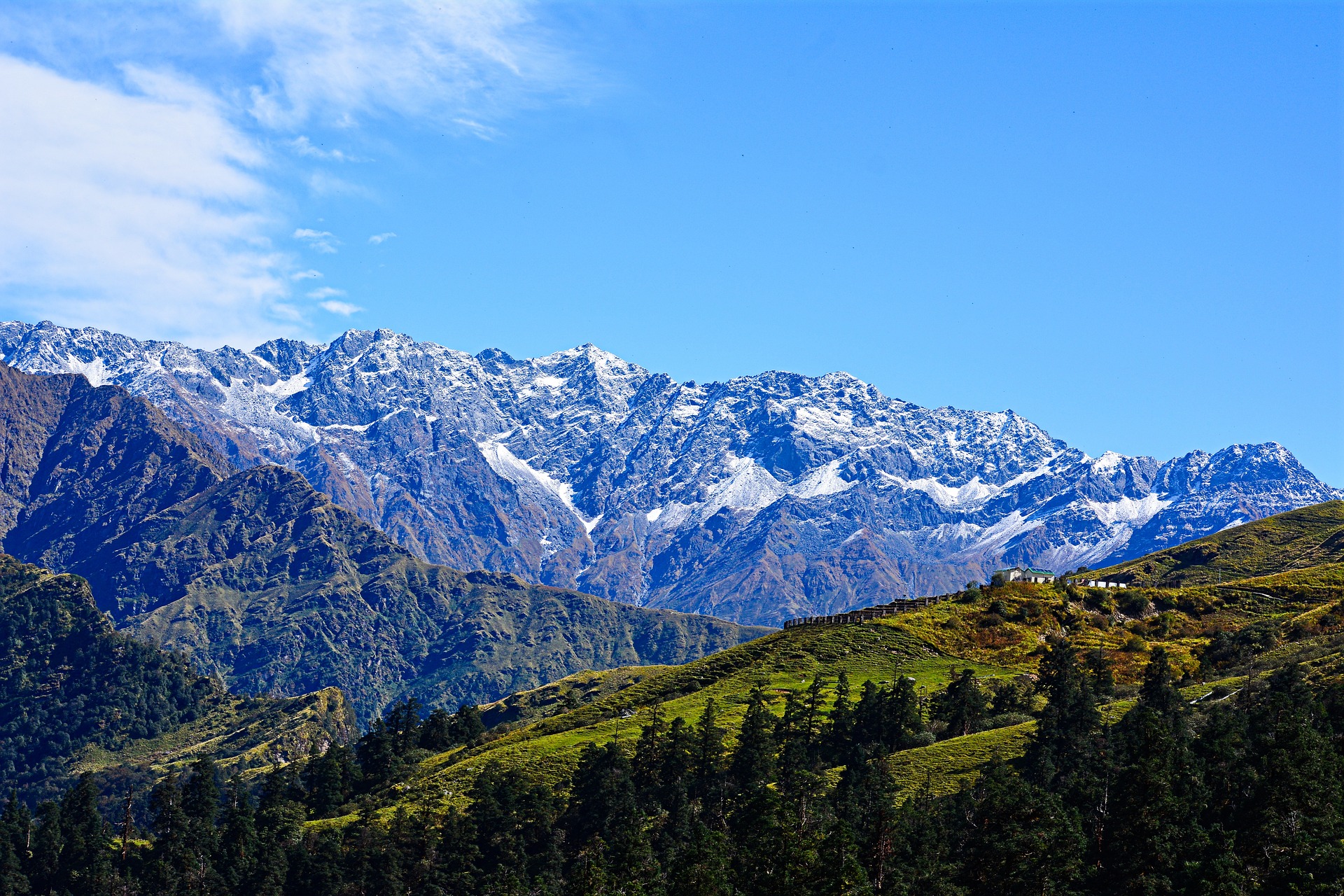
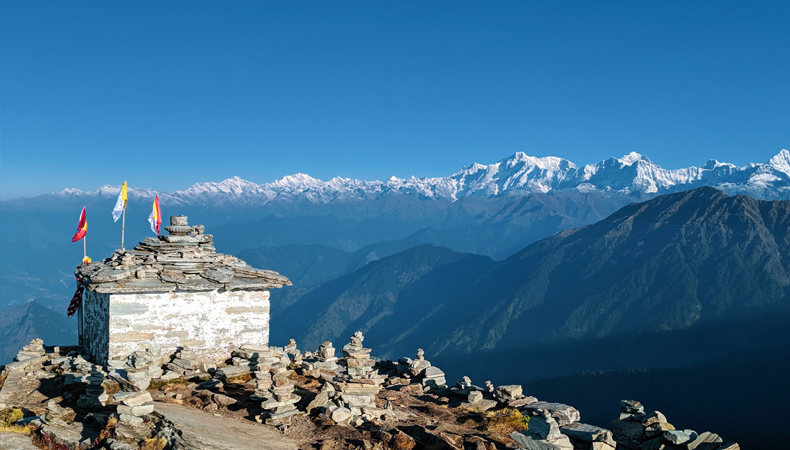















.jpeg)

.jpeg)
.jpeg)

.jpeg)


.jpeg)

.jpeg)



.jpeg)





.jpeg)









.png)




.png)


.png)

.png)
.png)



.jpg)


.png)

.jpg)
.jpg)


.png)
.jpg)
.png)
.png)
.jpg)
.png)
.jpg)
.png)
.png)
.png)
.png)


.png)
.png)


.png)
.jpg)
.png)
.jpg)

.png)
.png)
.png)
.jpg)
.png)
.png)
.png)
.png)
.png)
.png)
.png)
.png)
.png)
.png)
.jpg)
.png)
.png)
.jpg)
.png)


